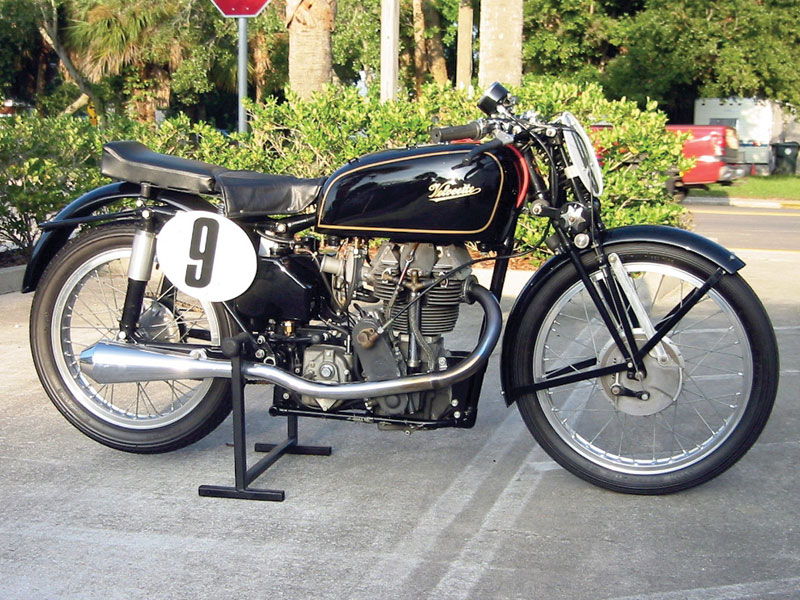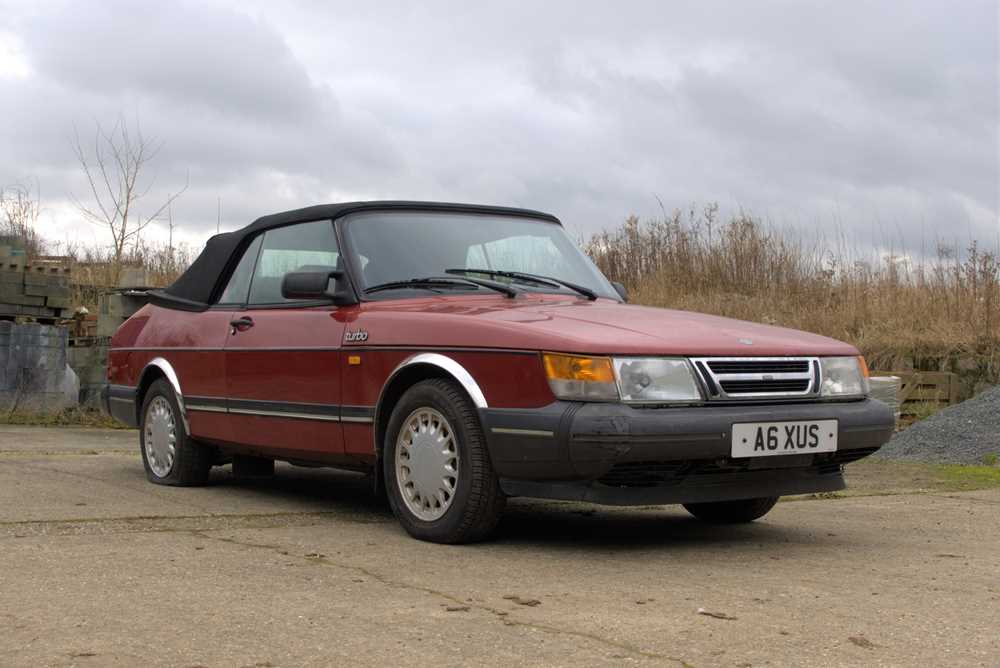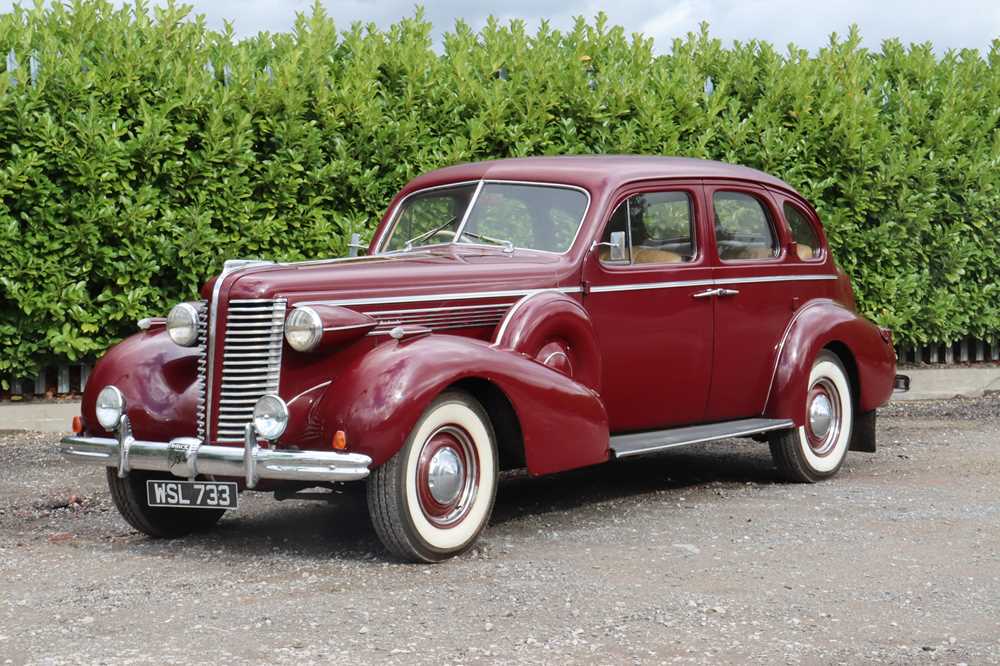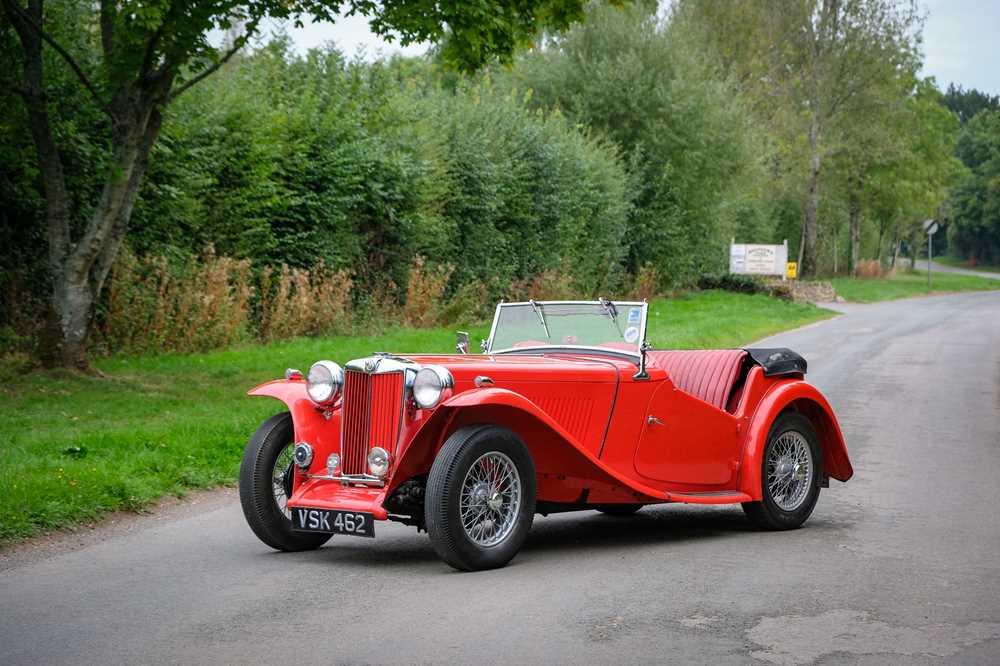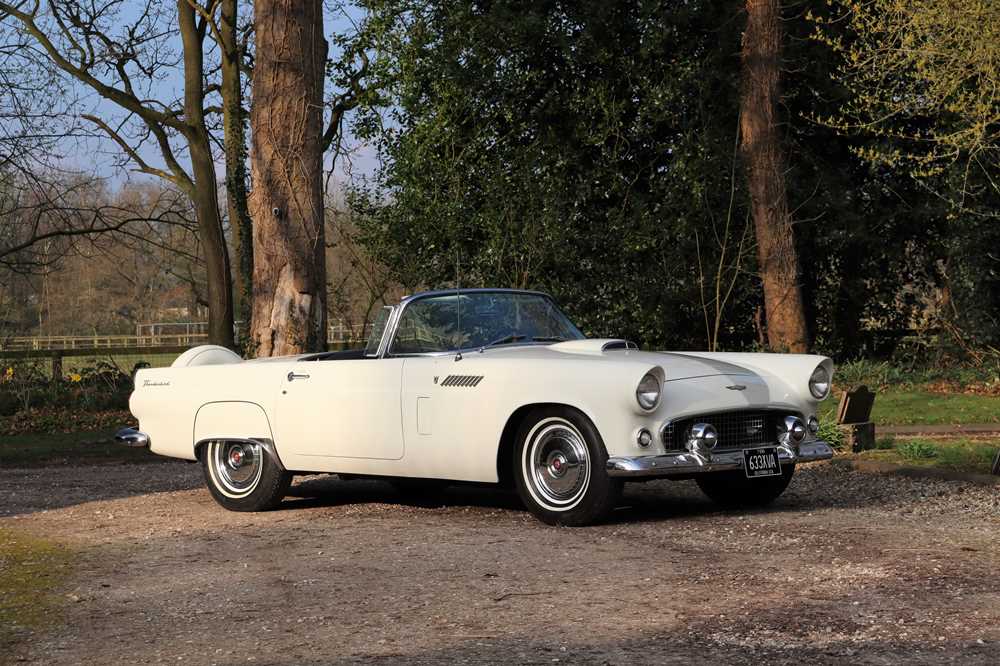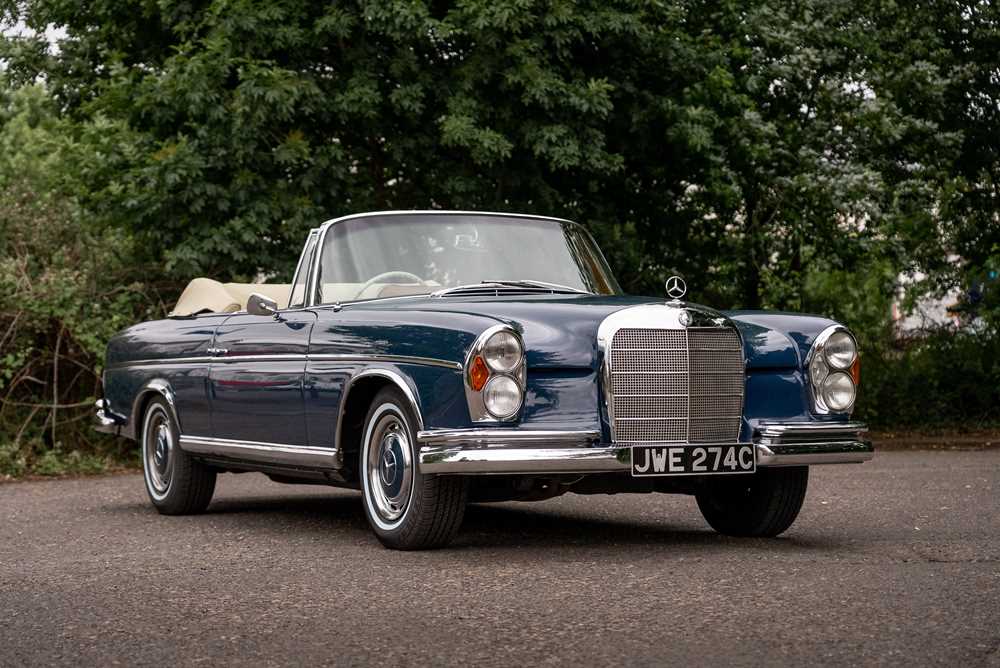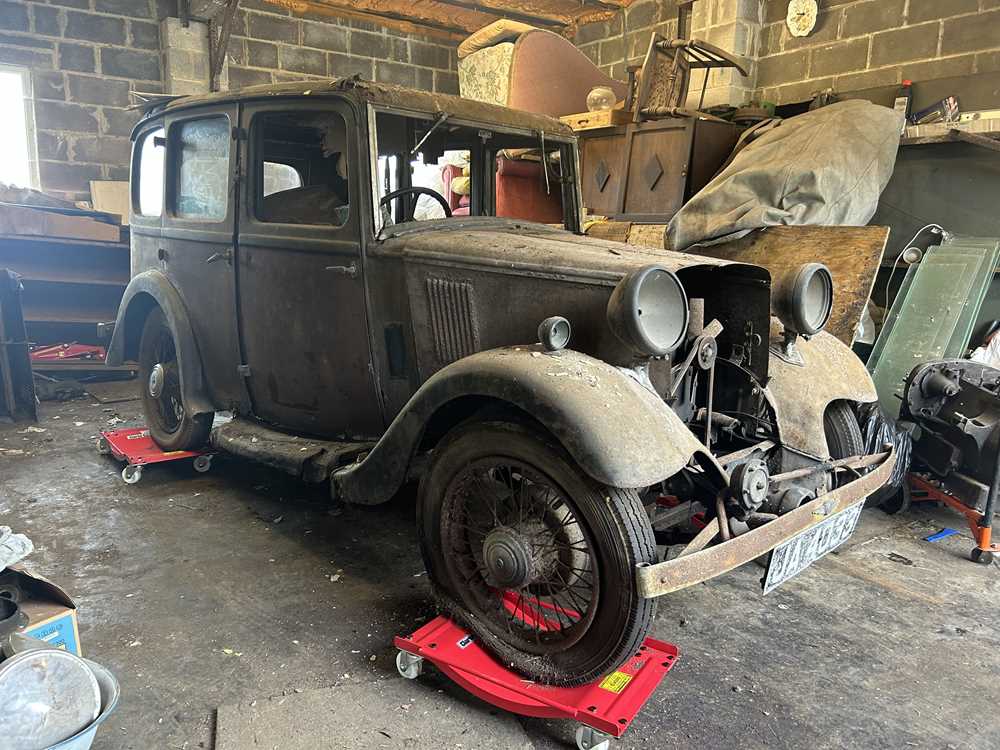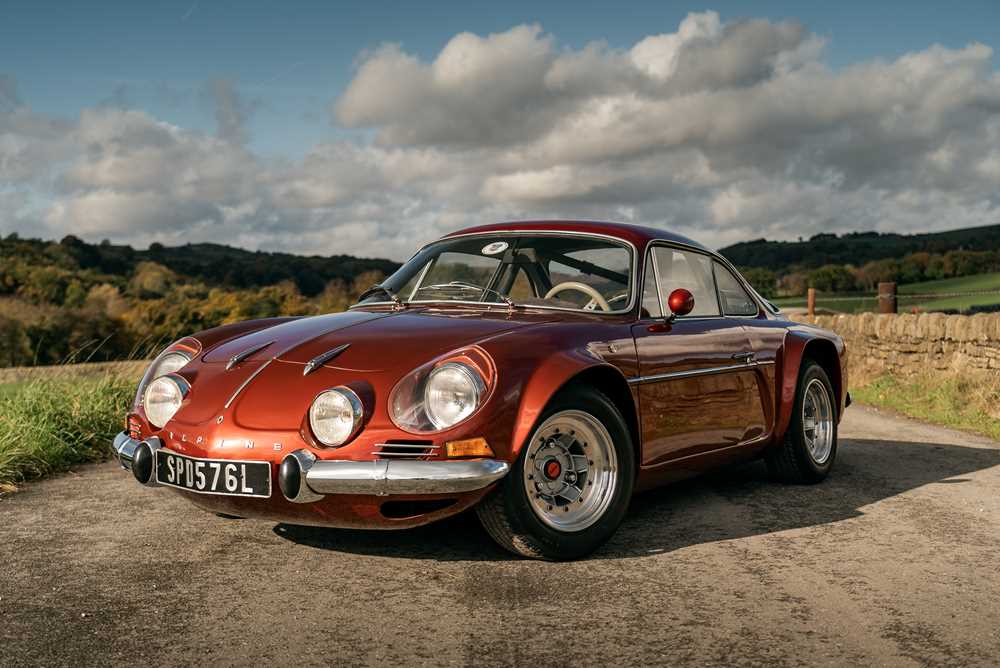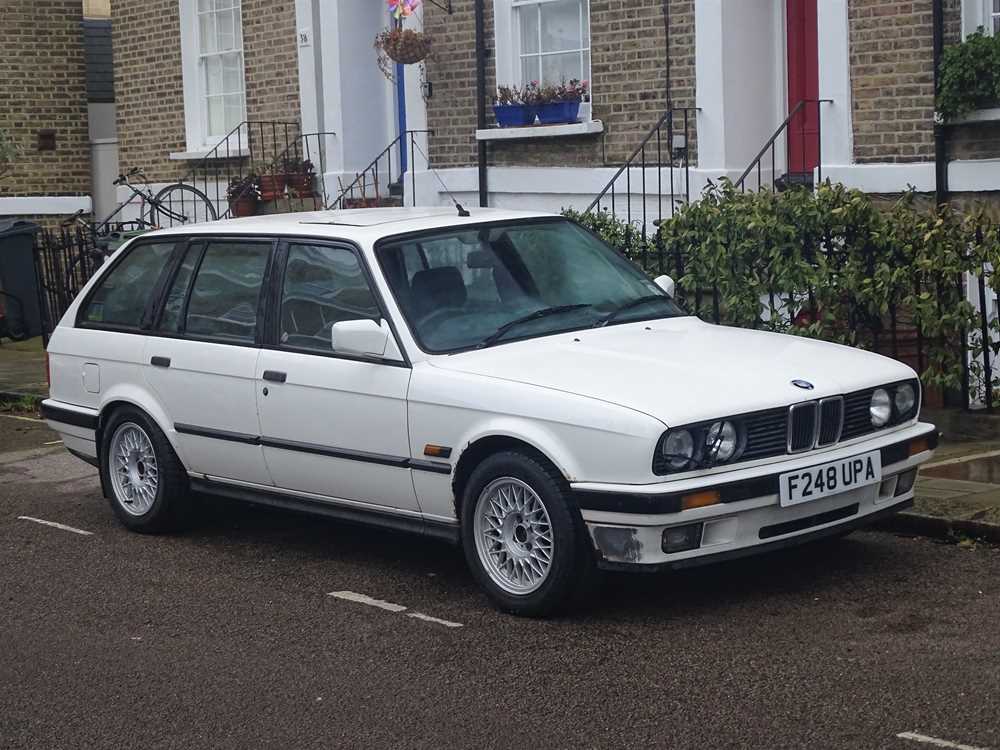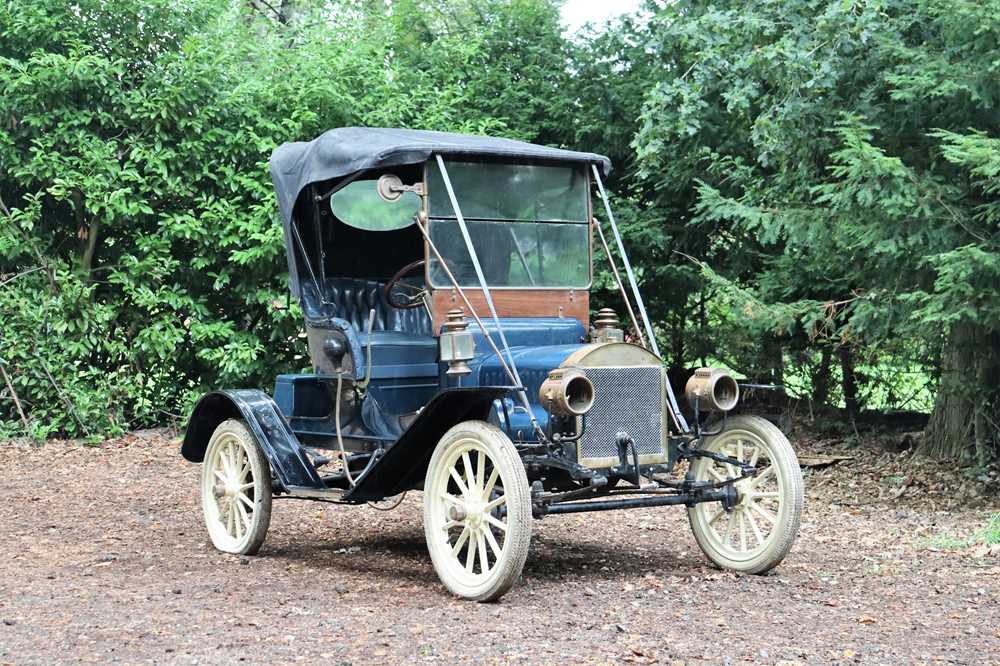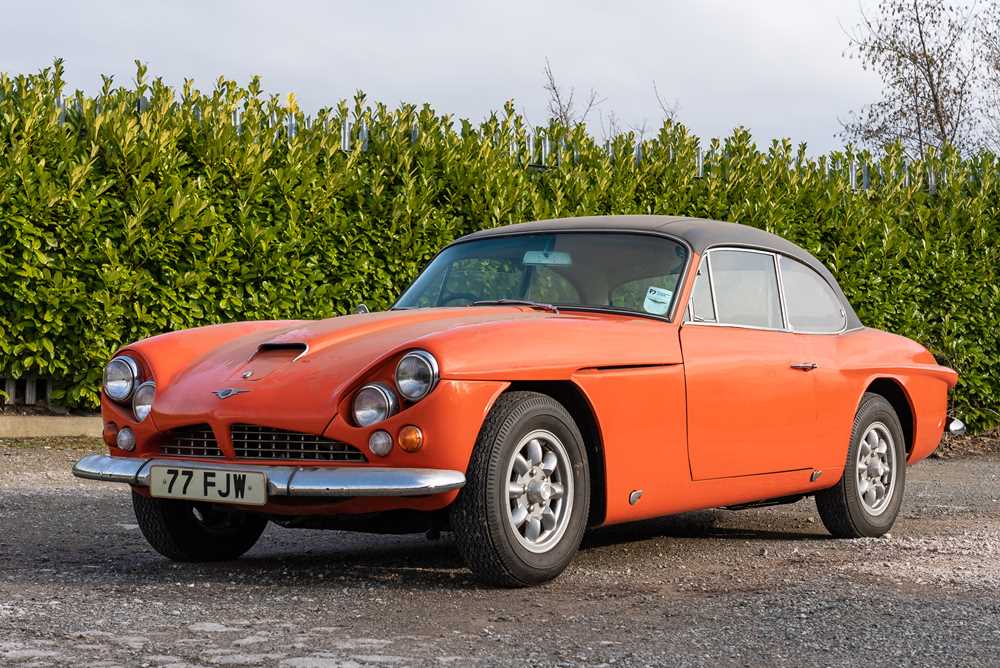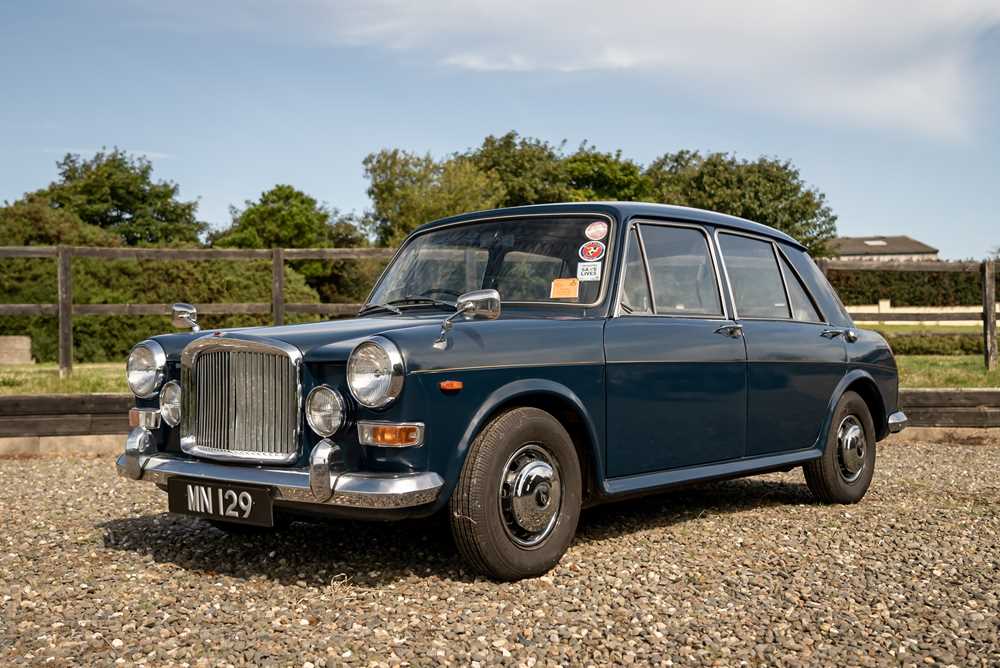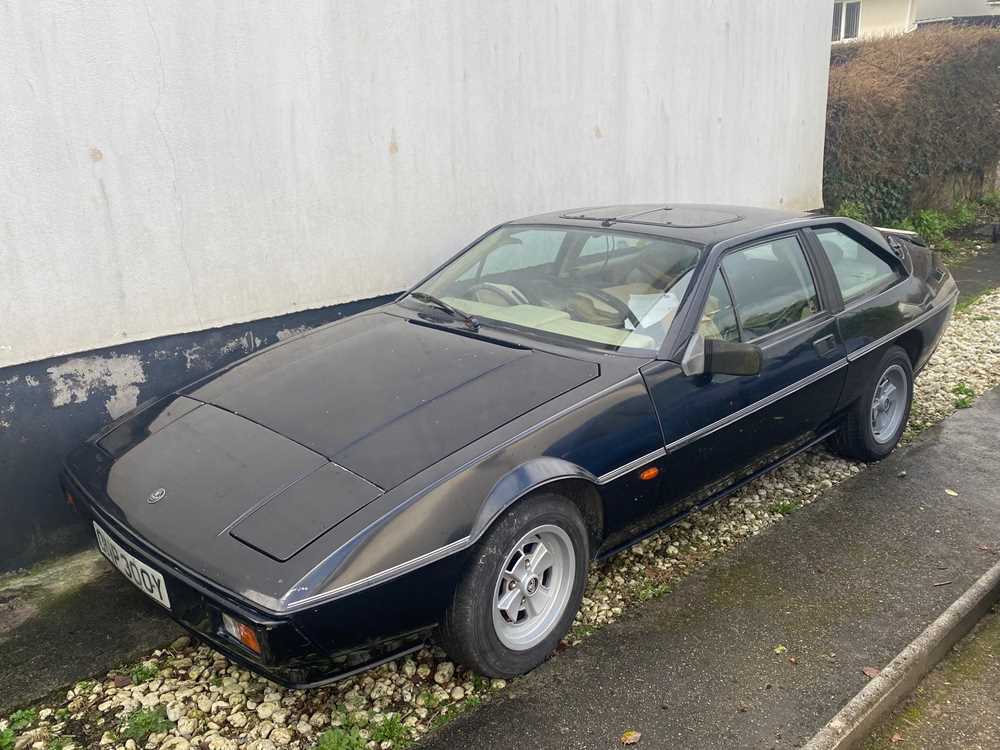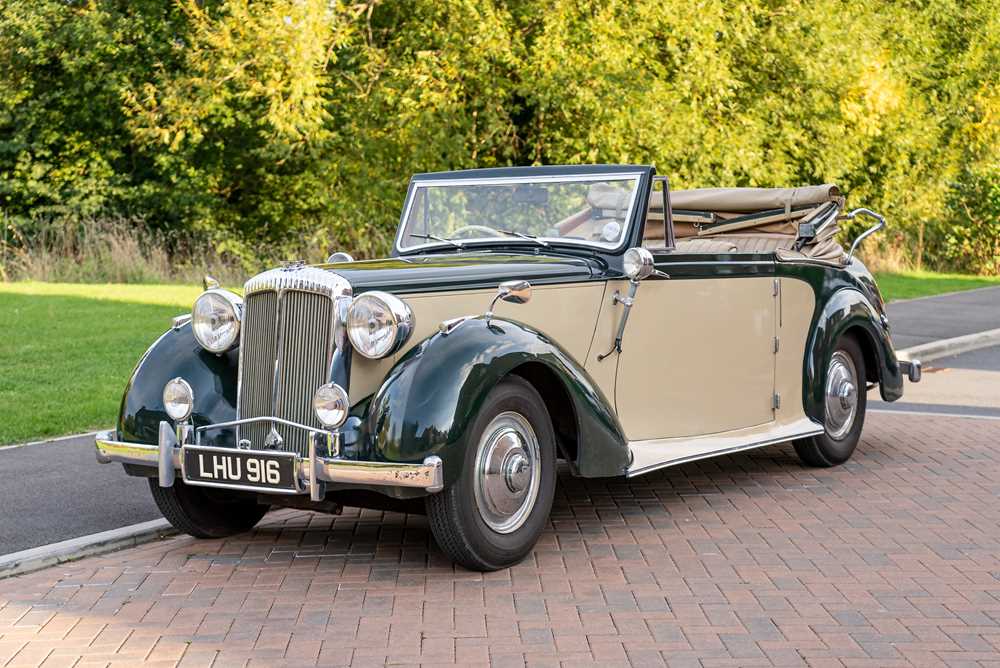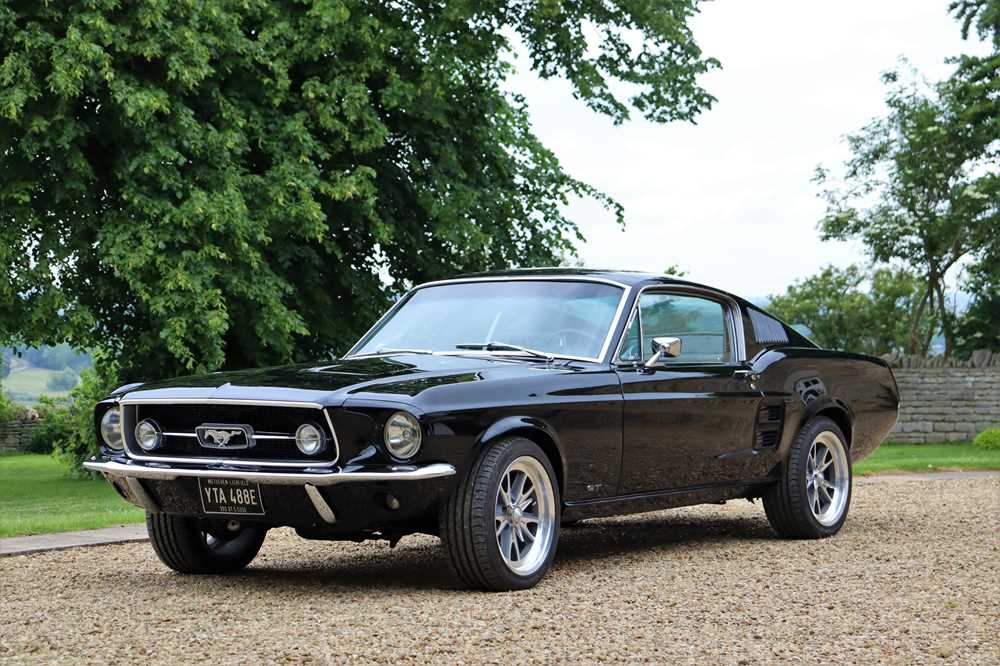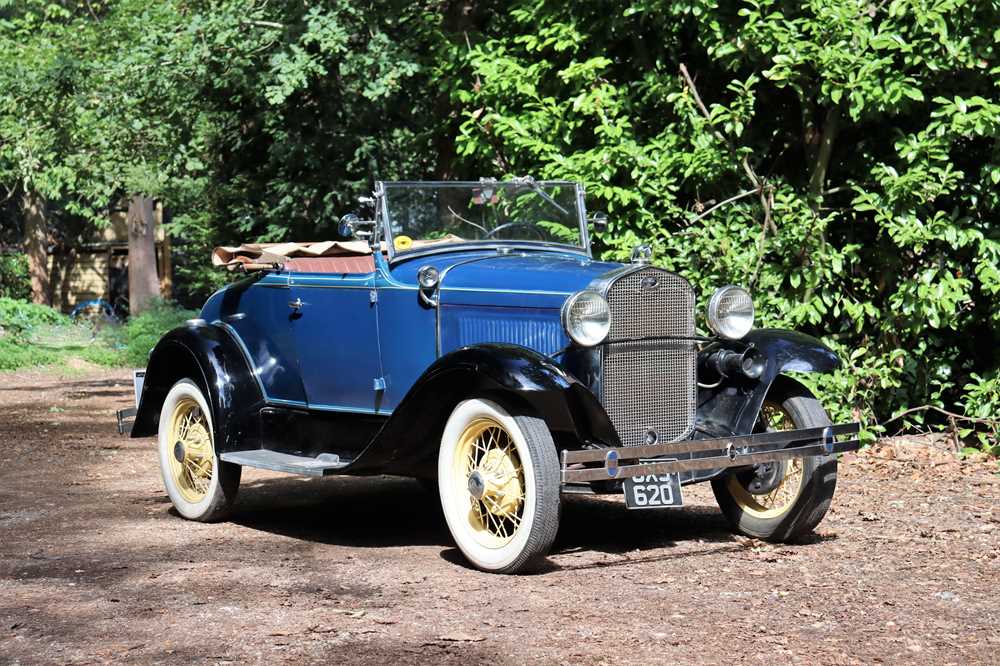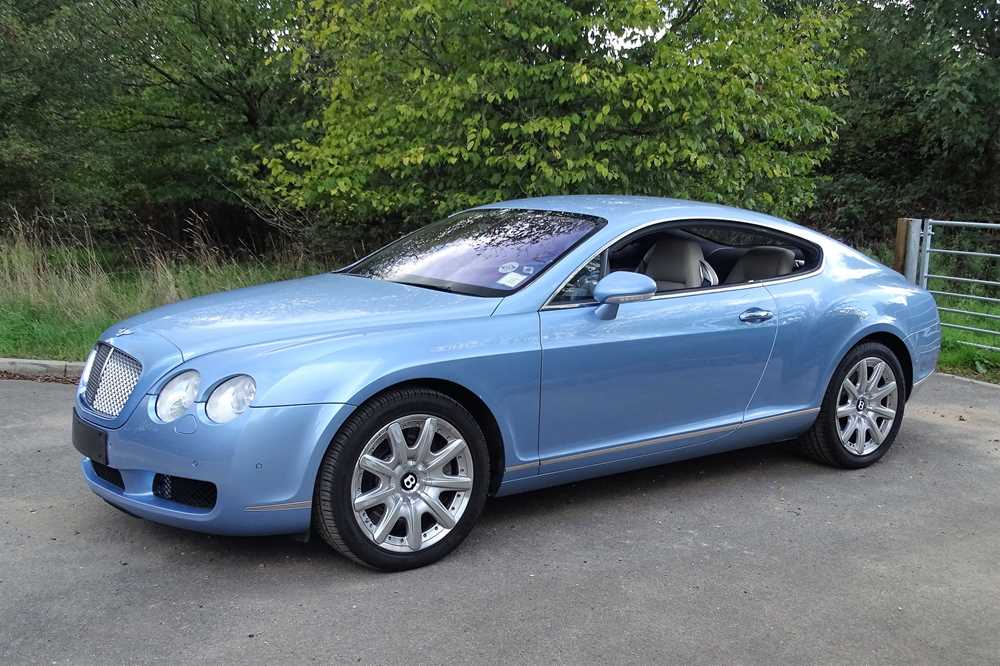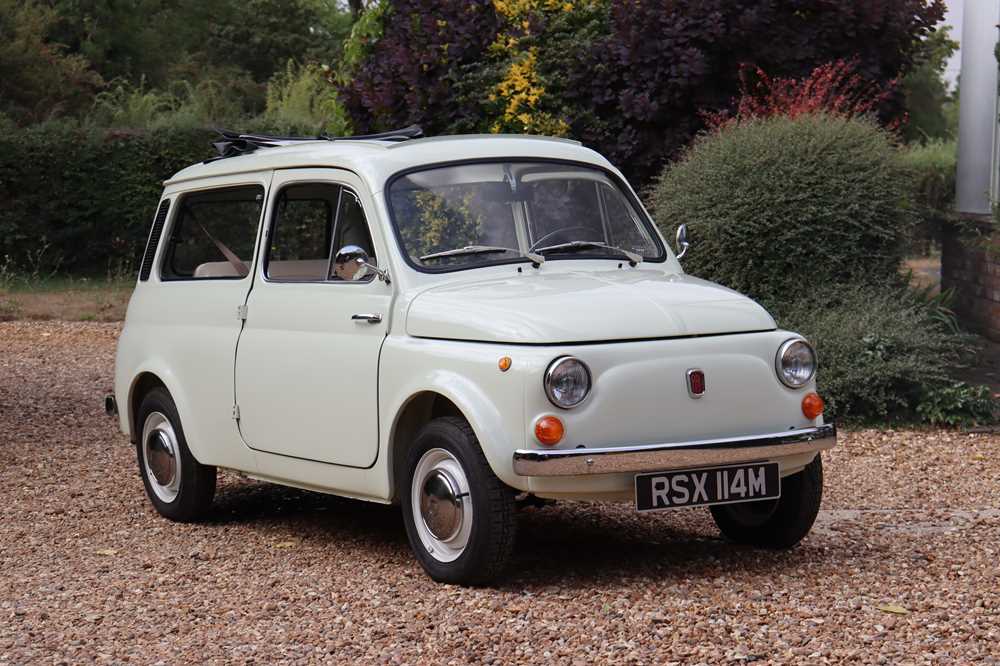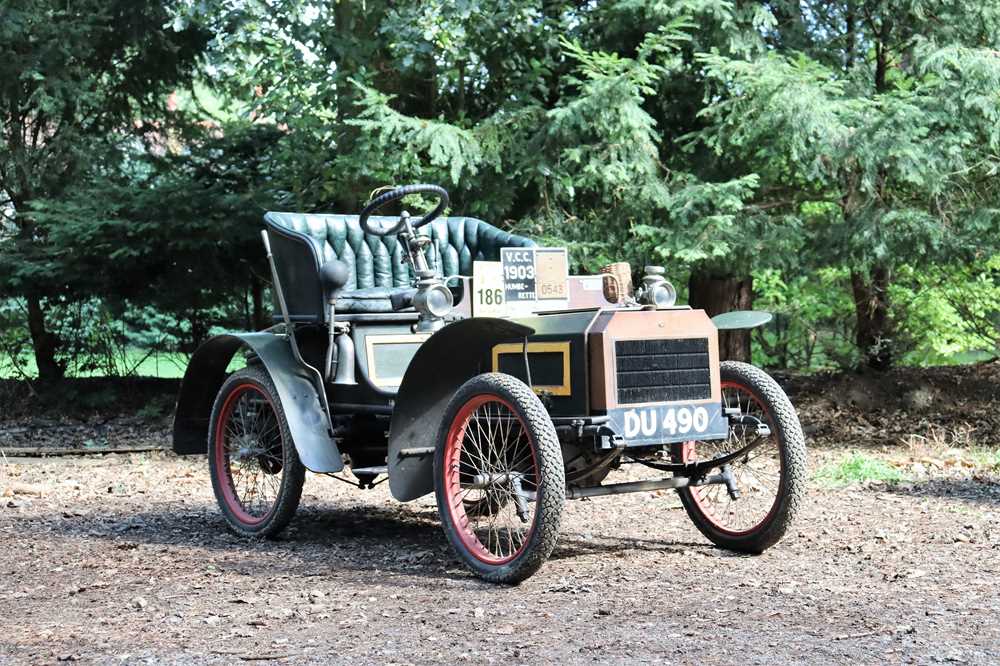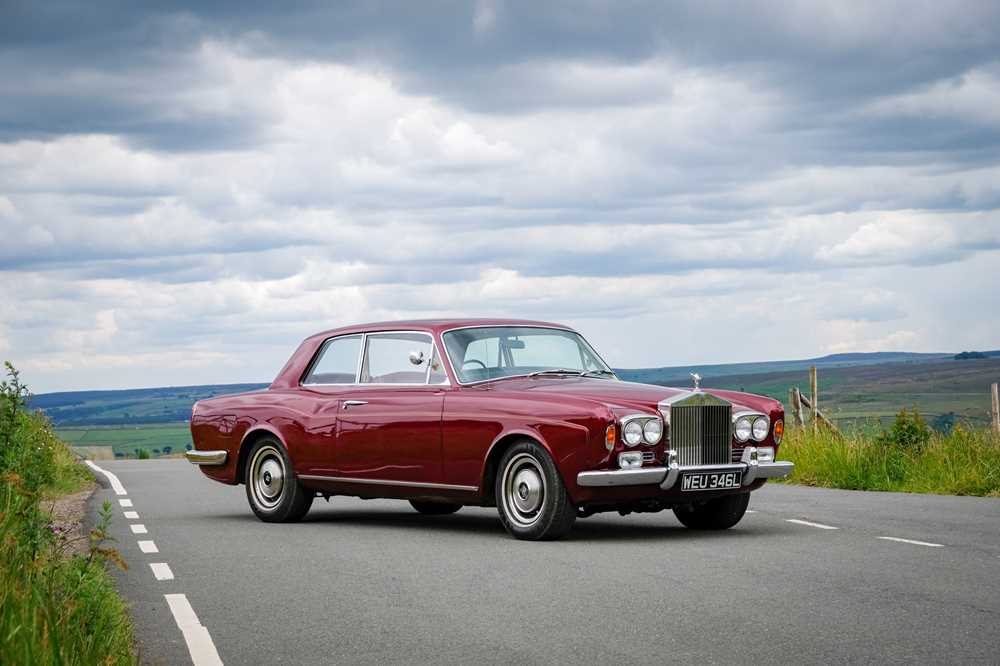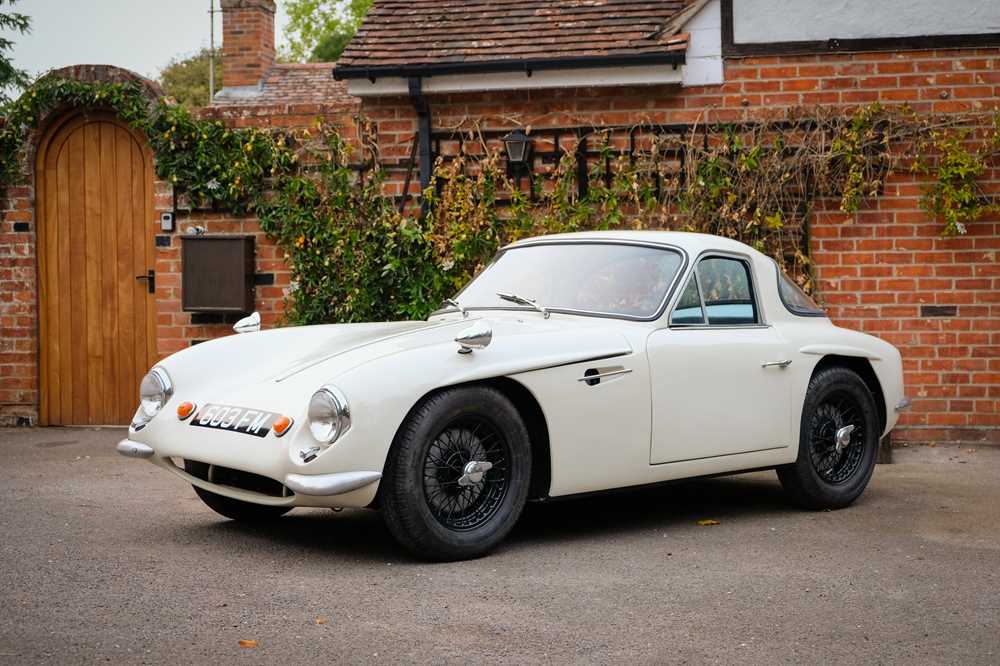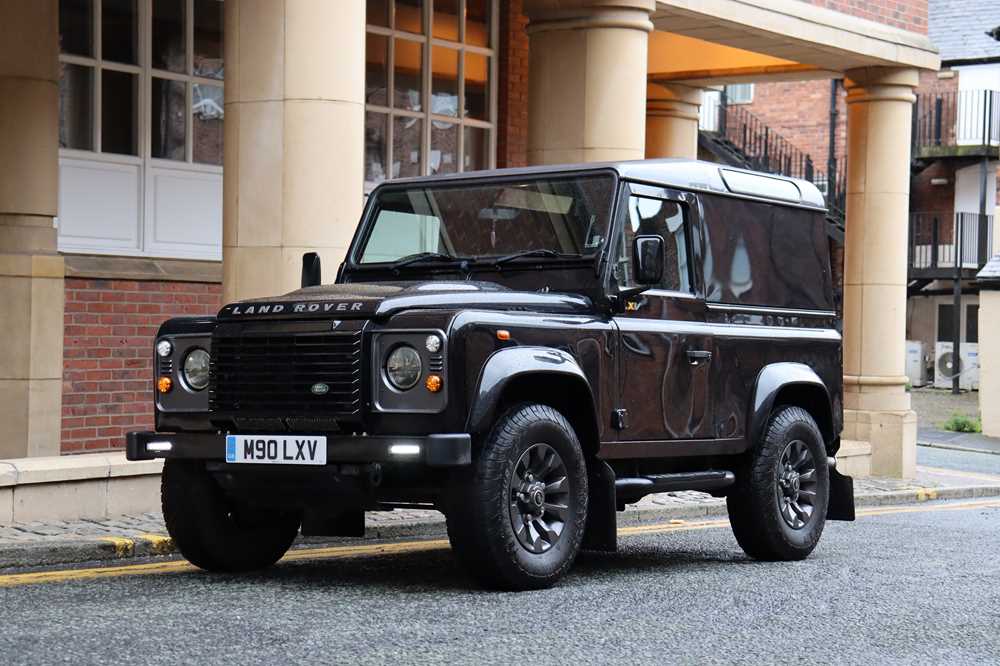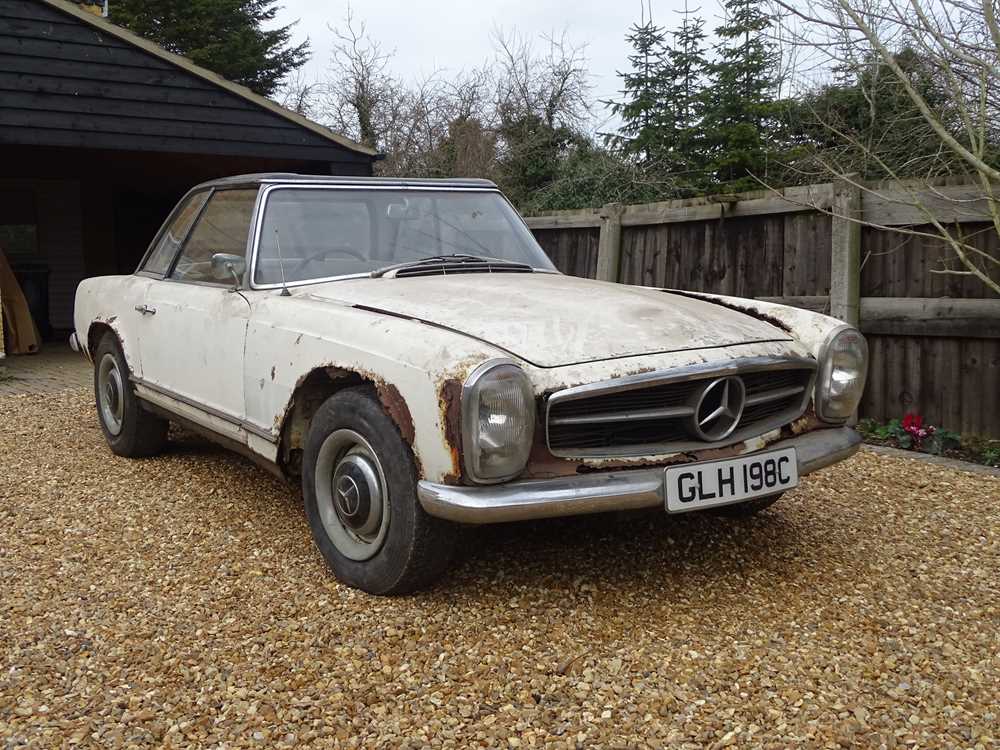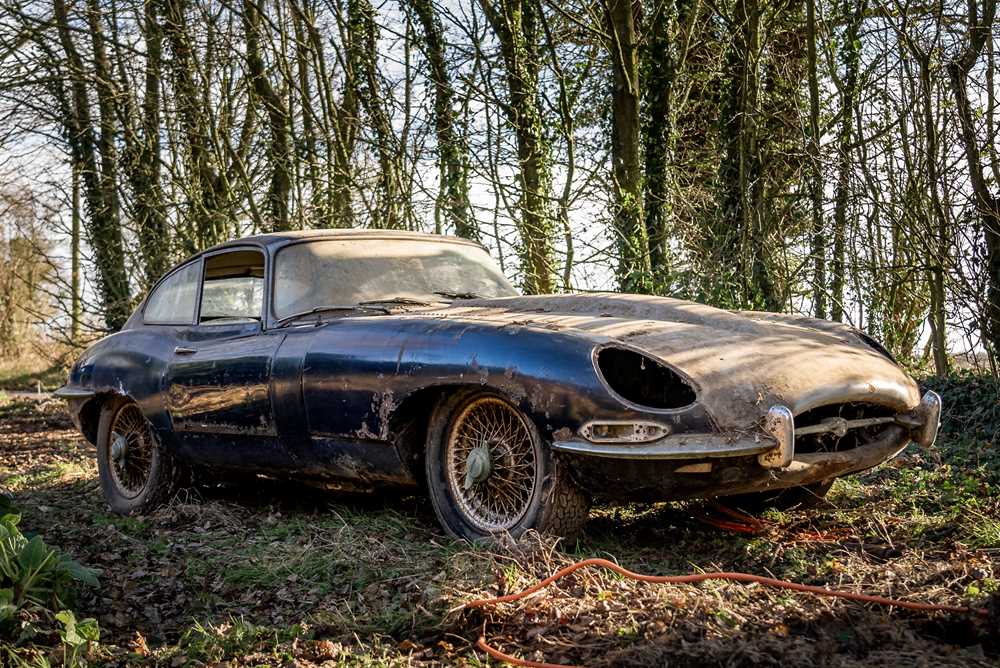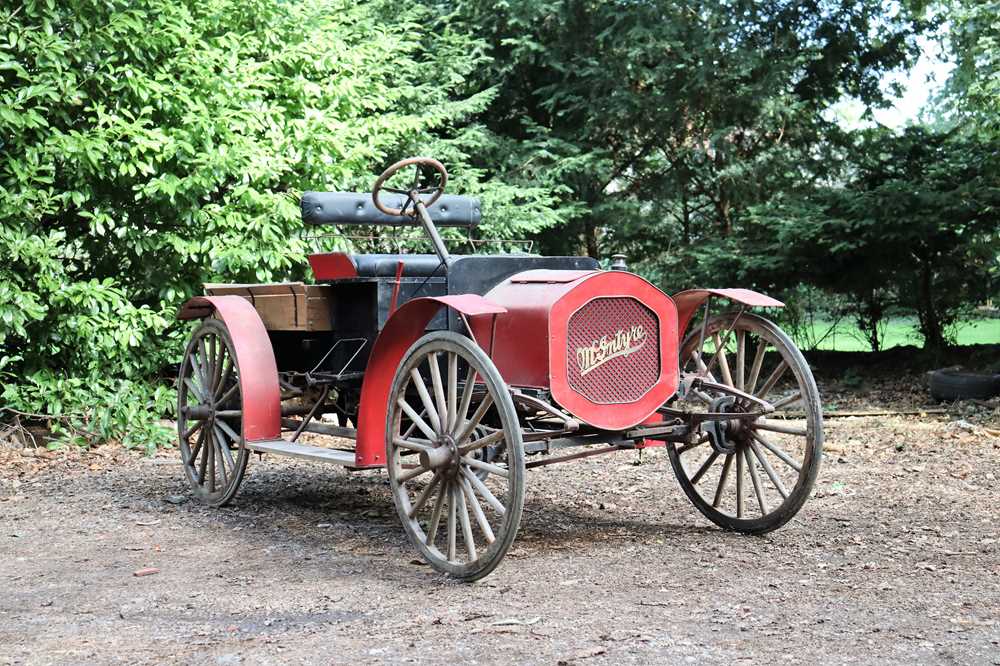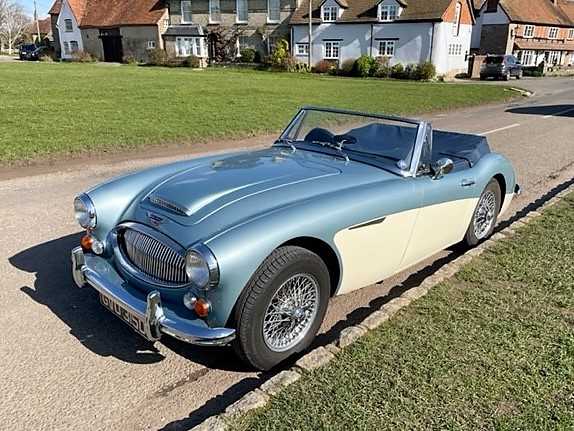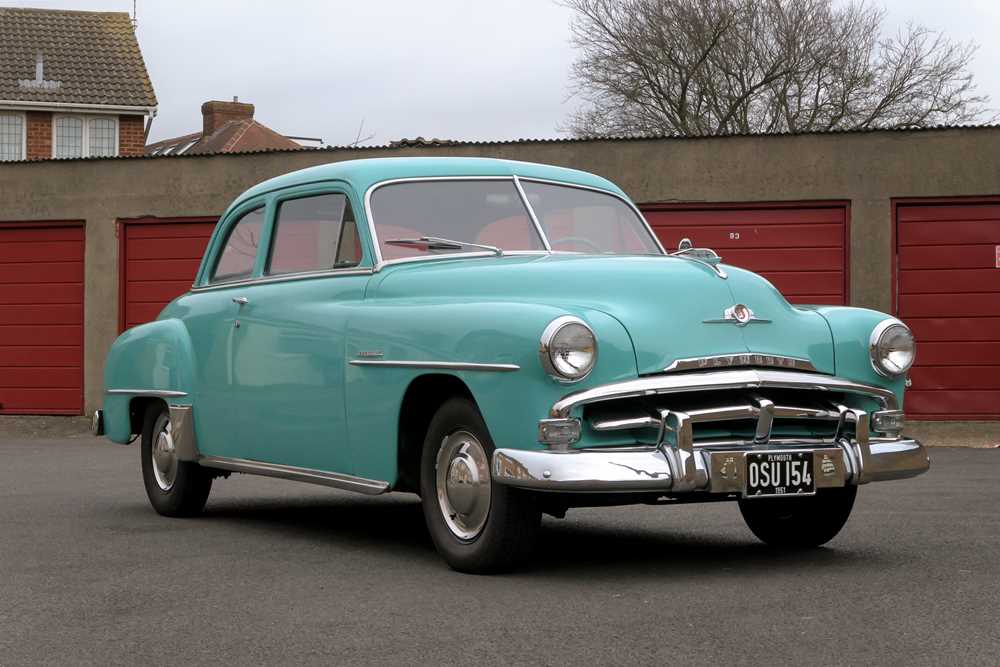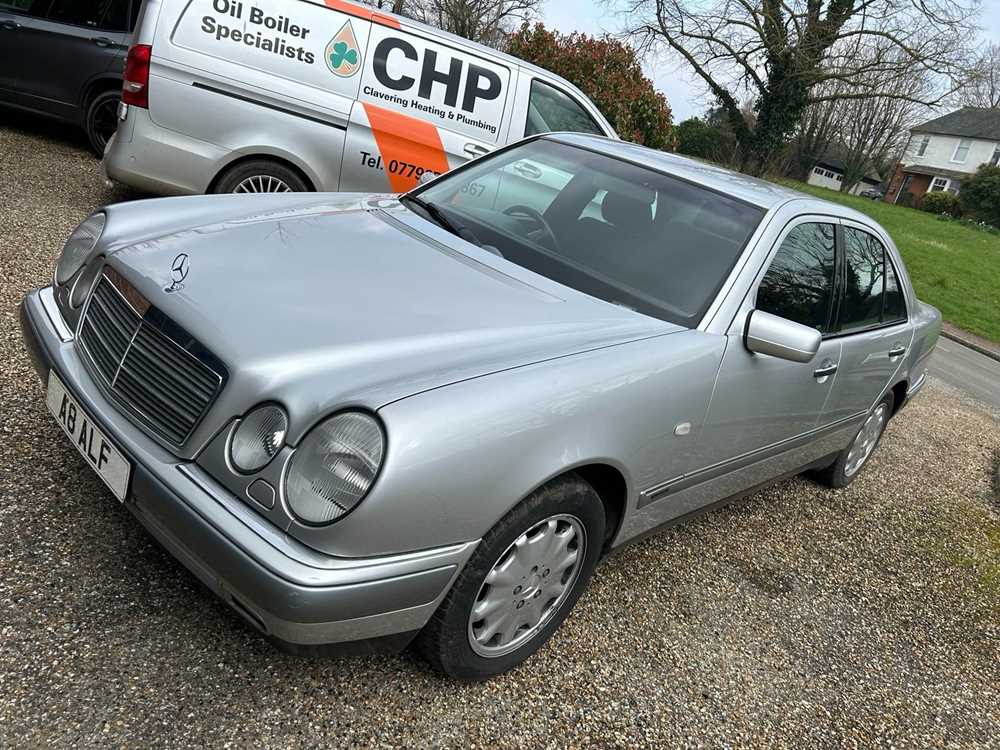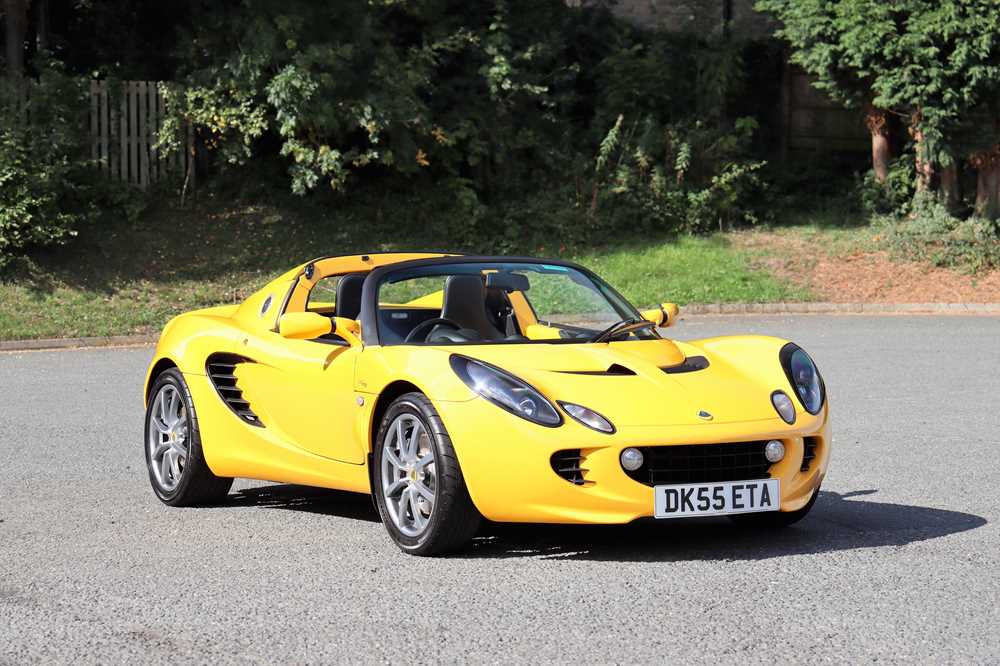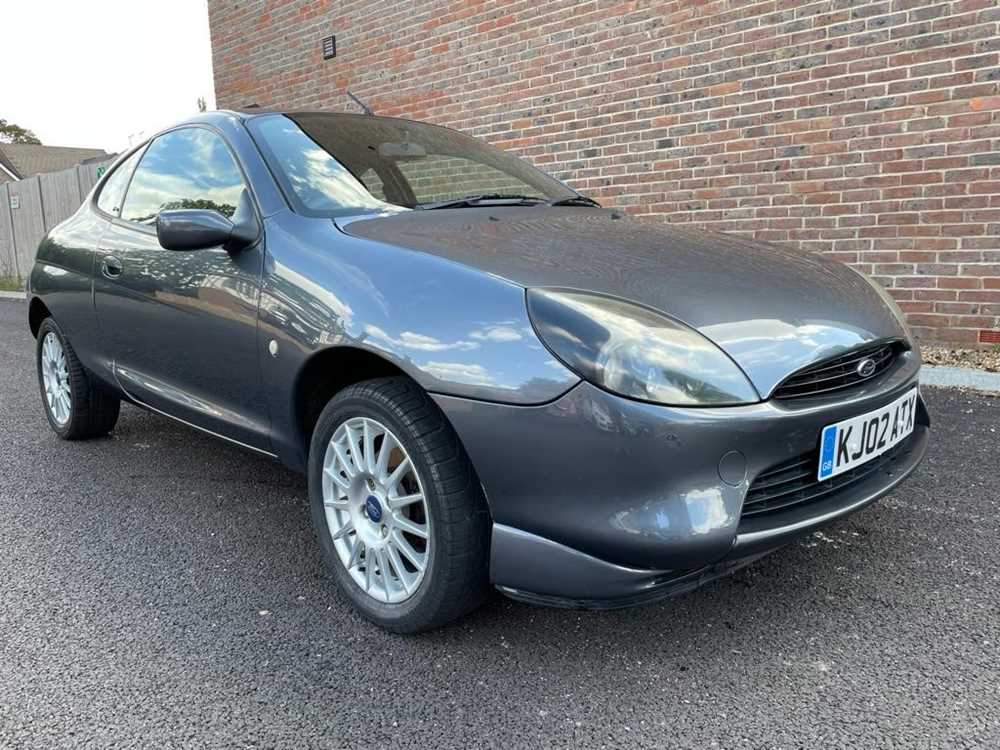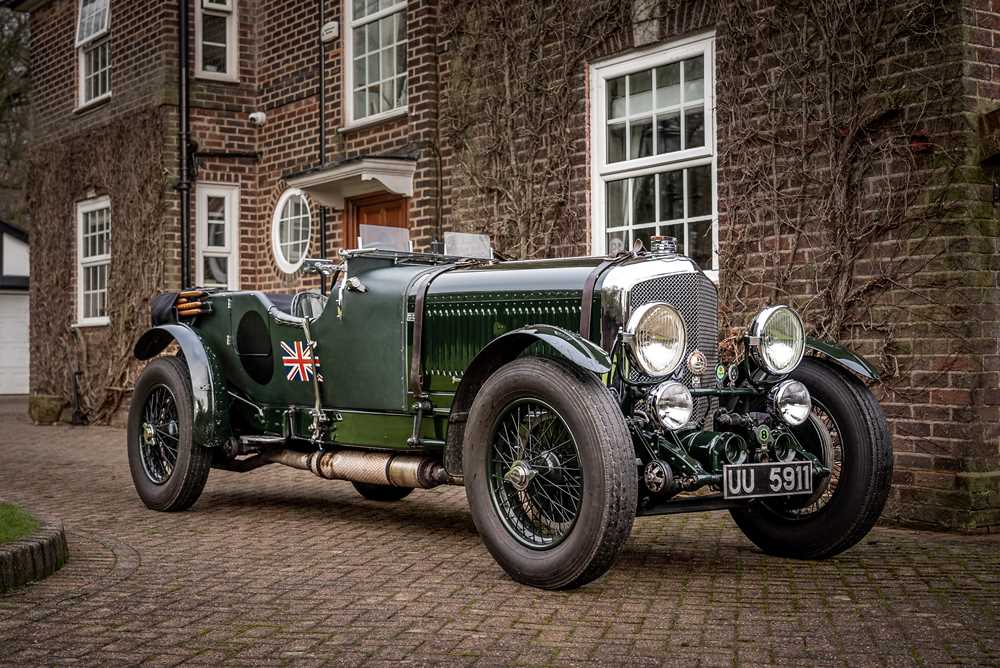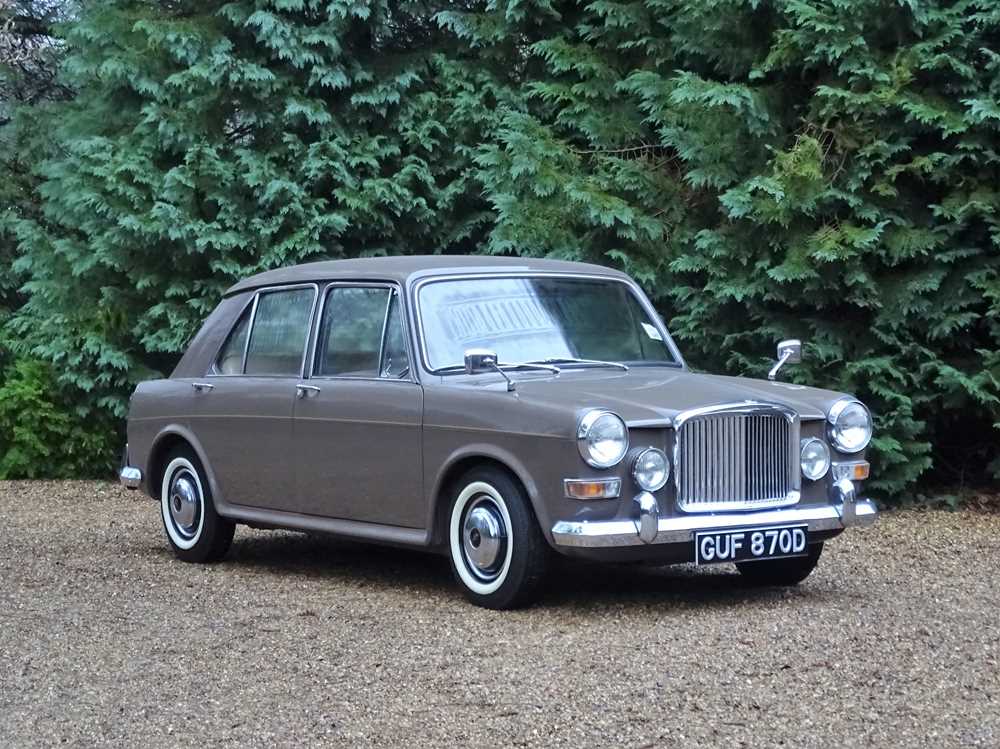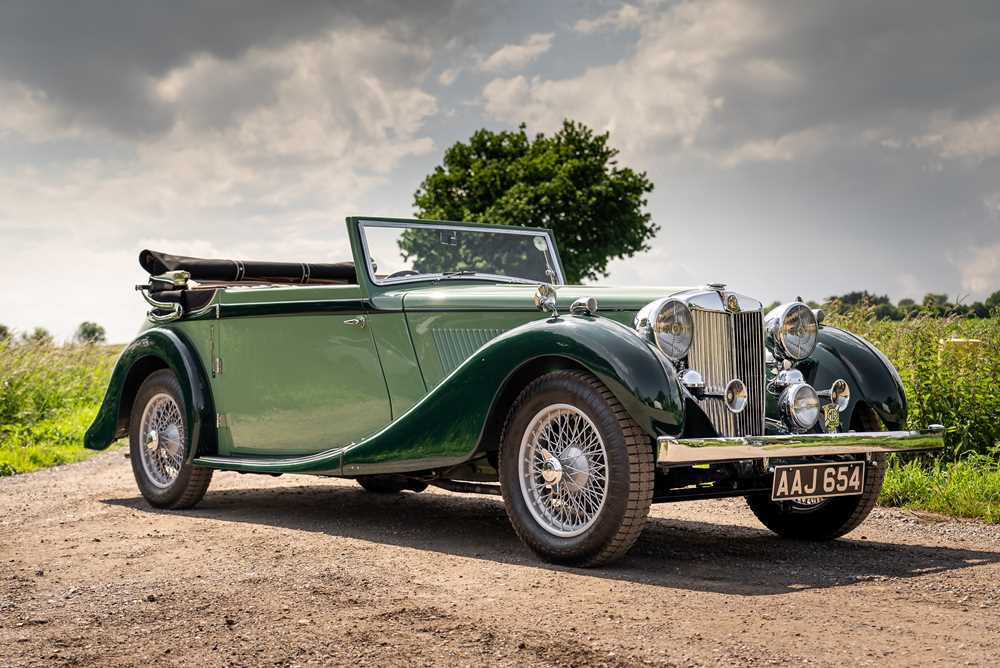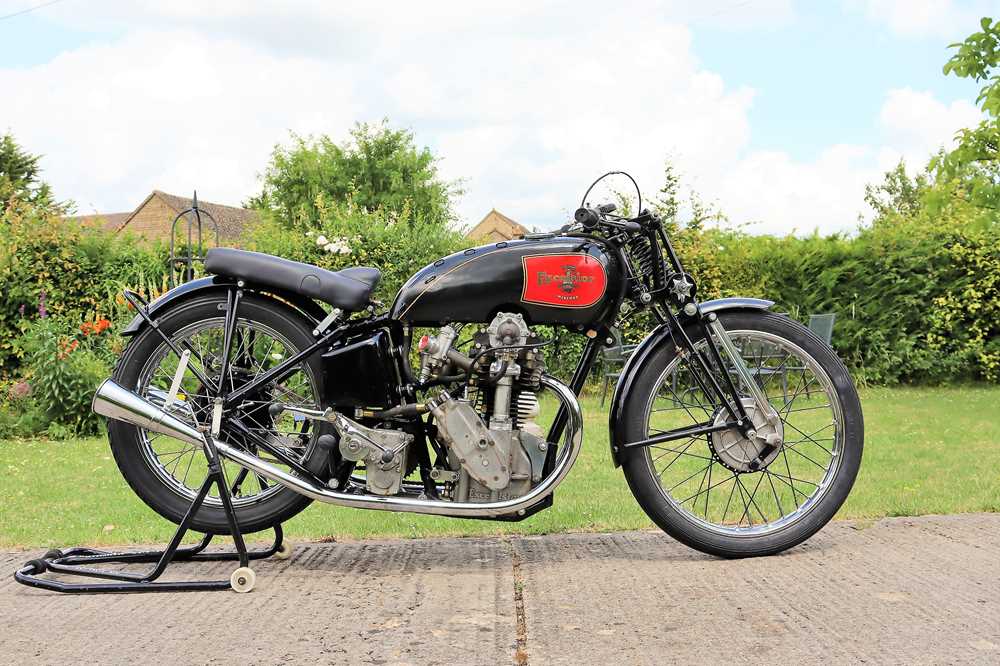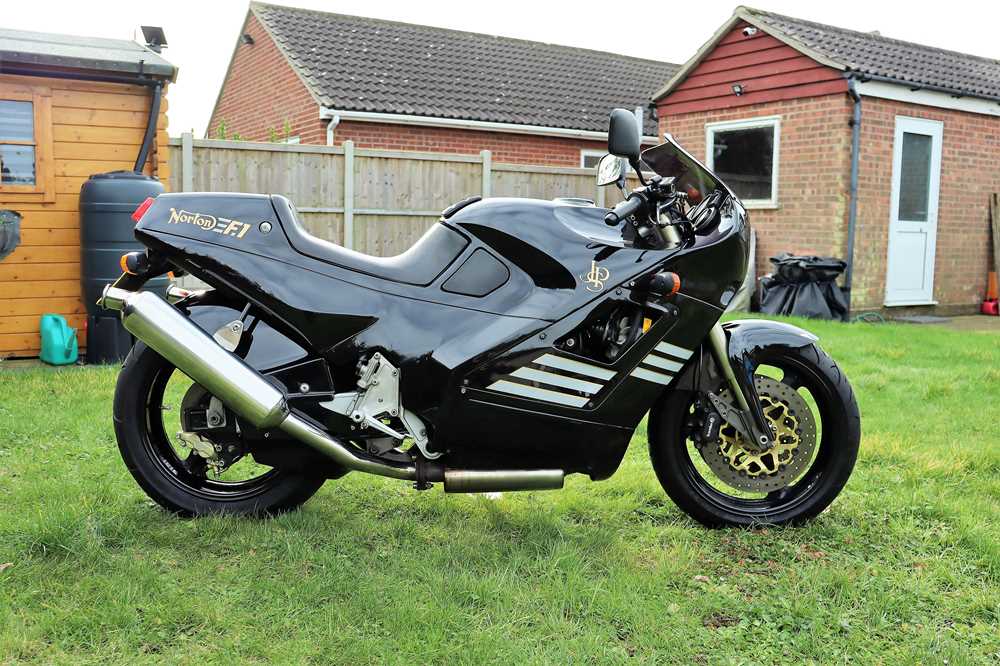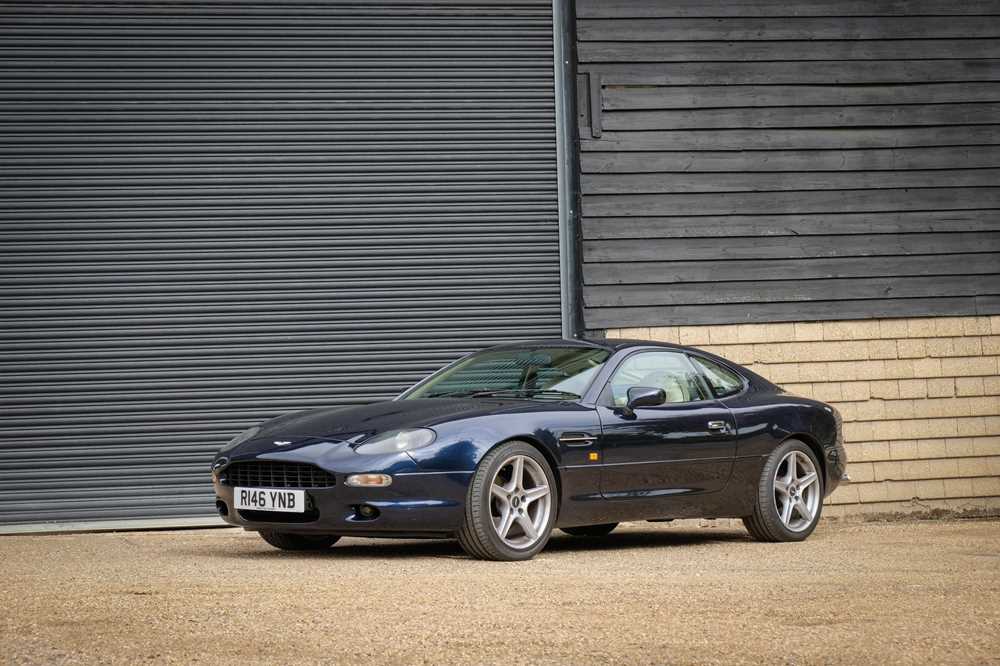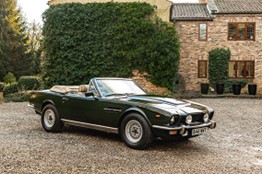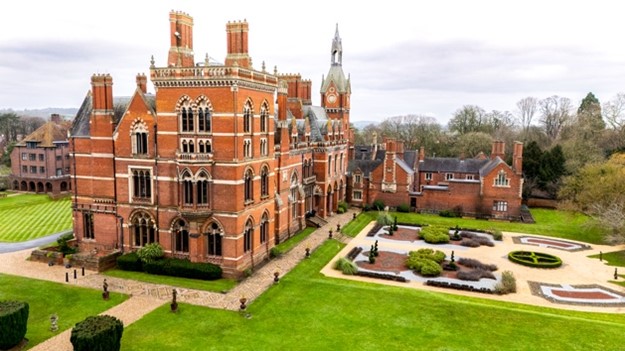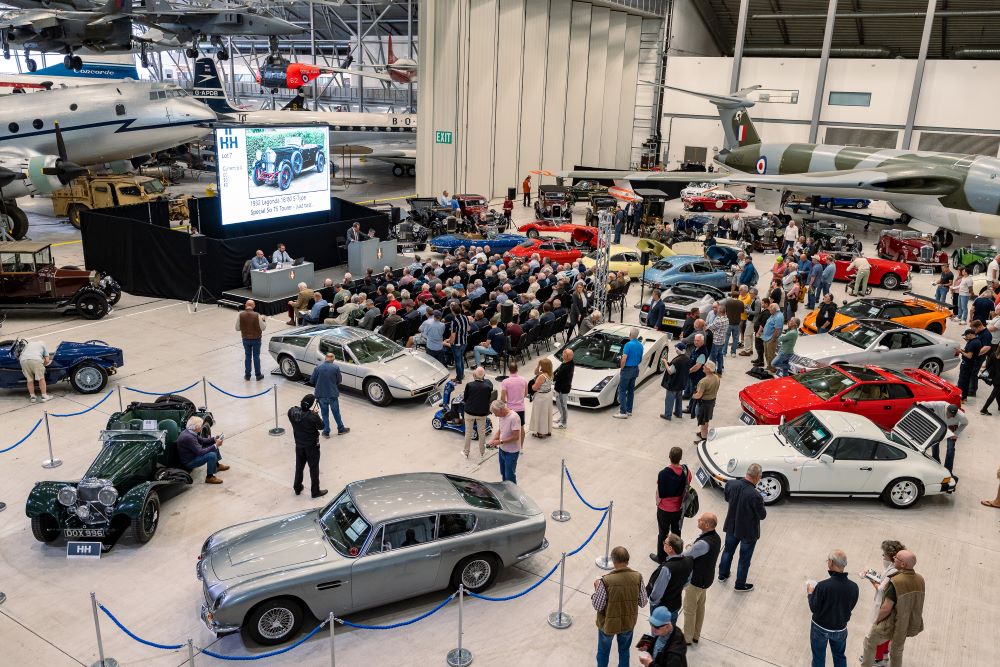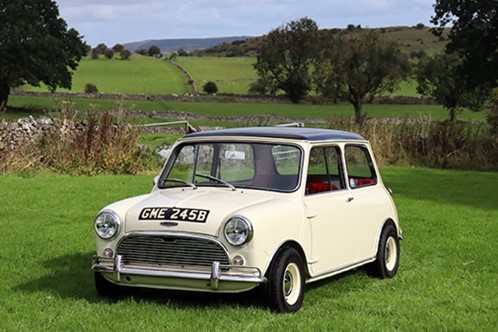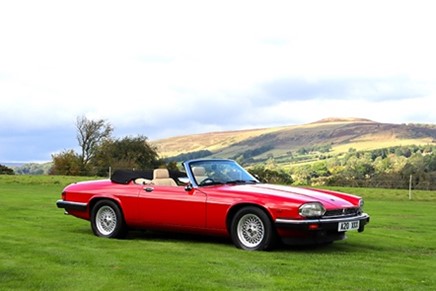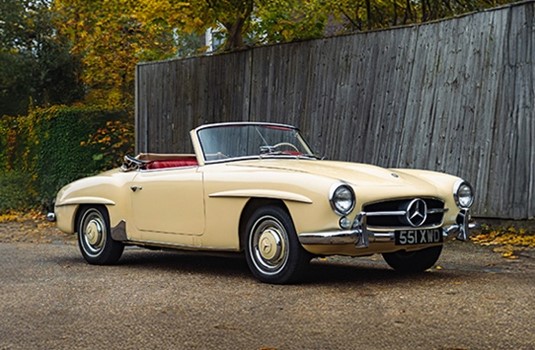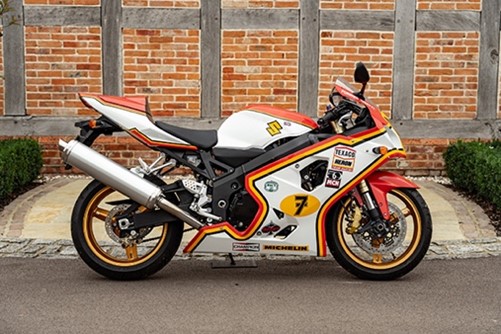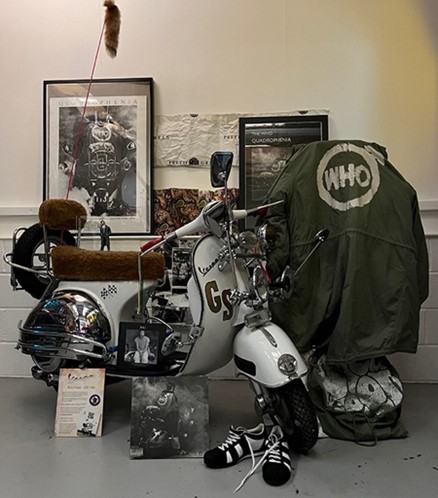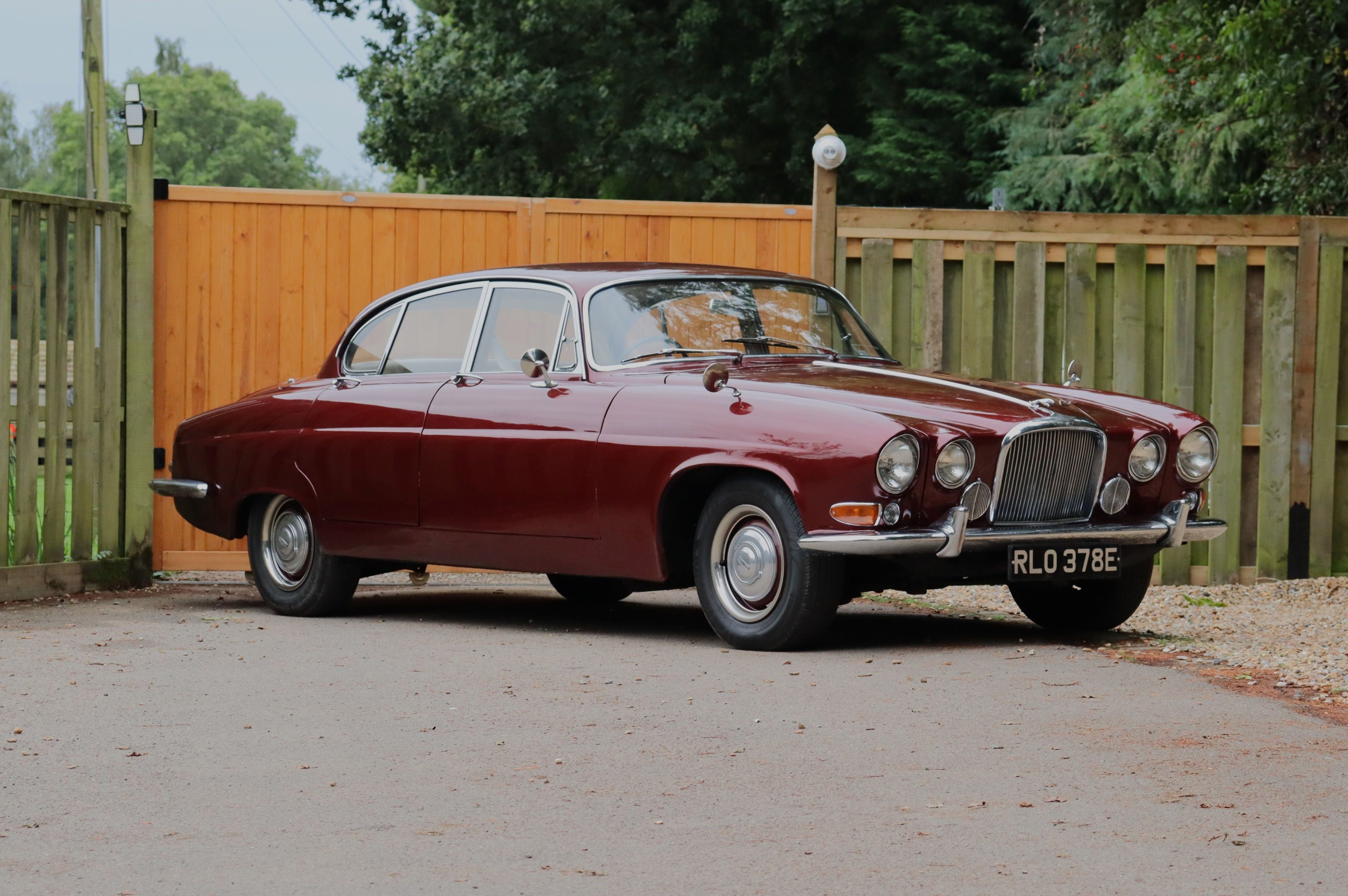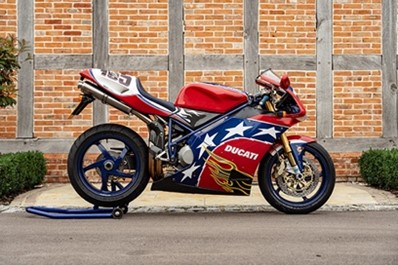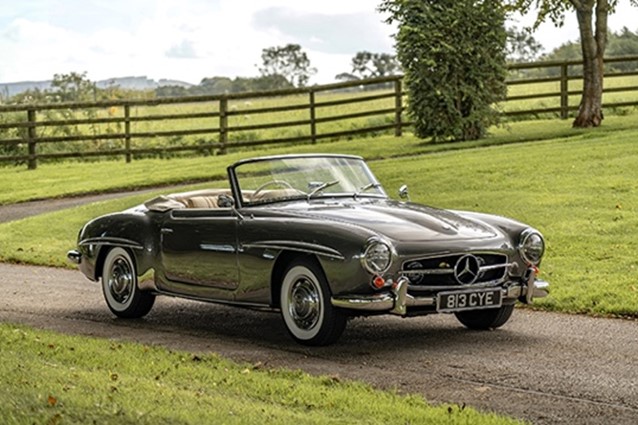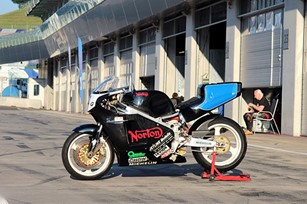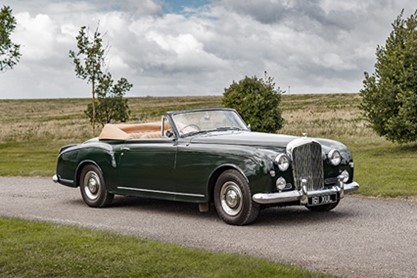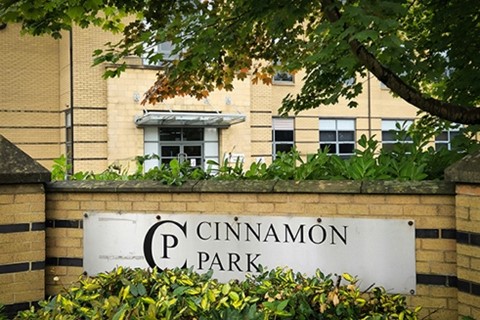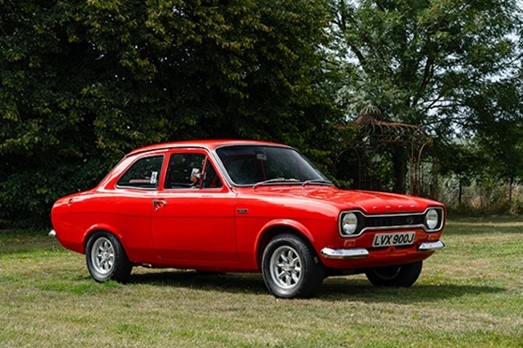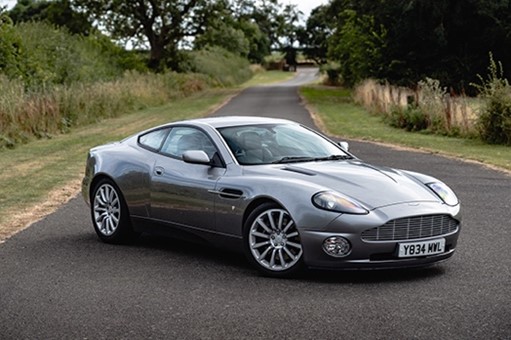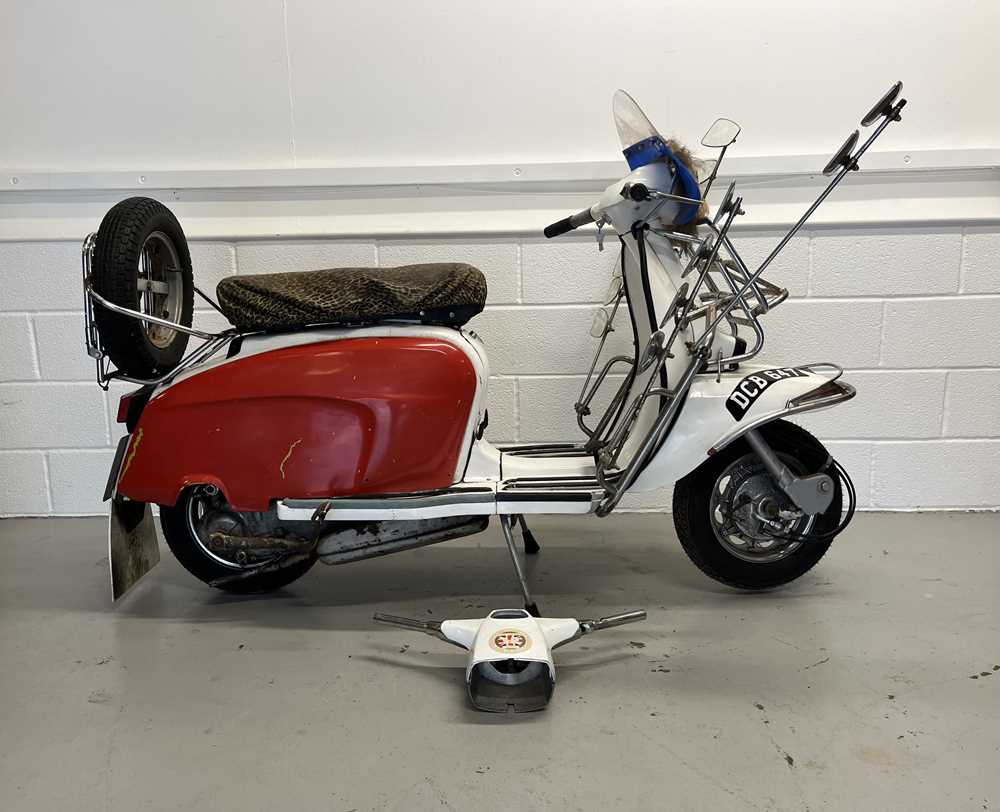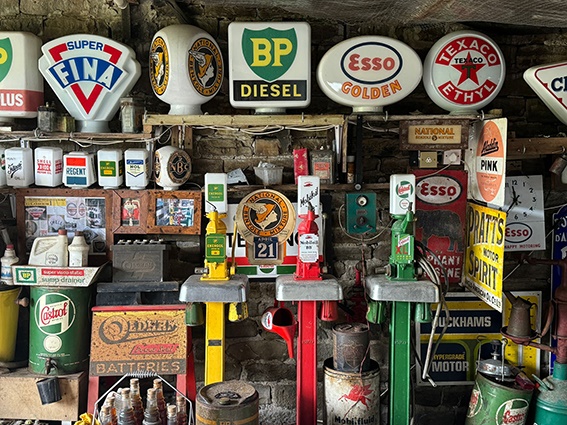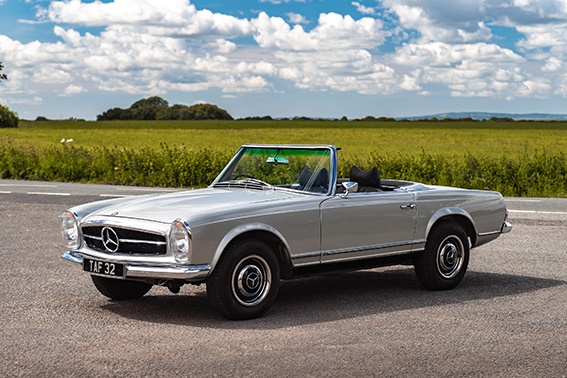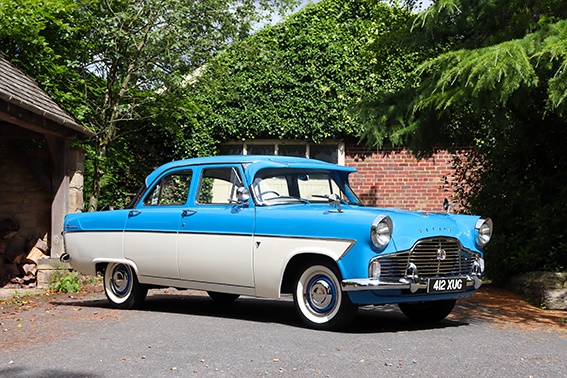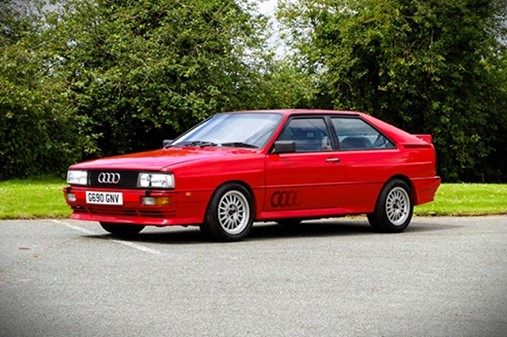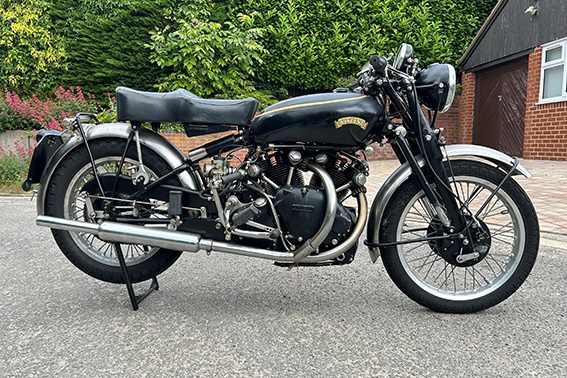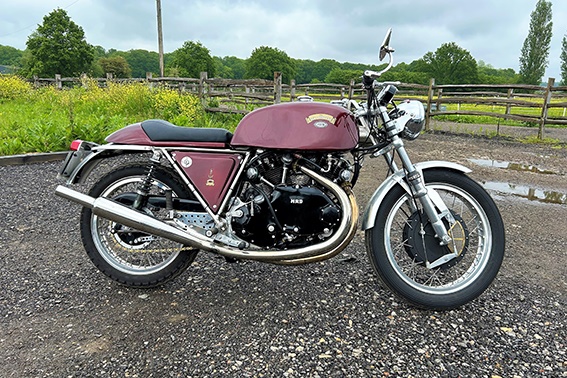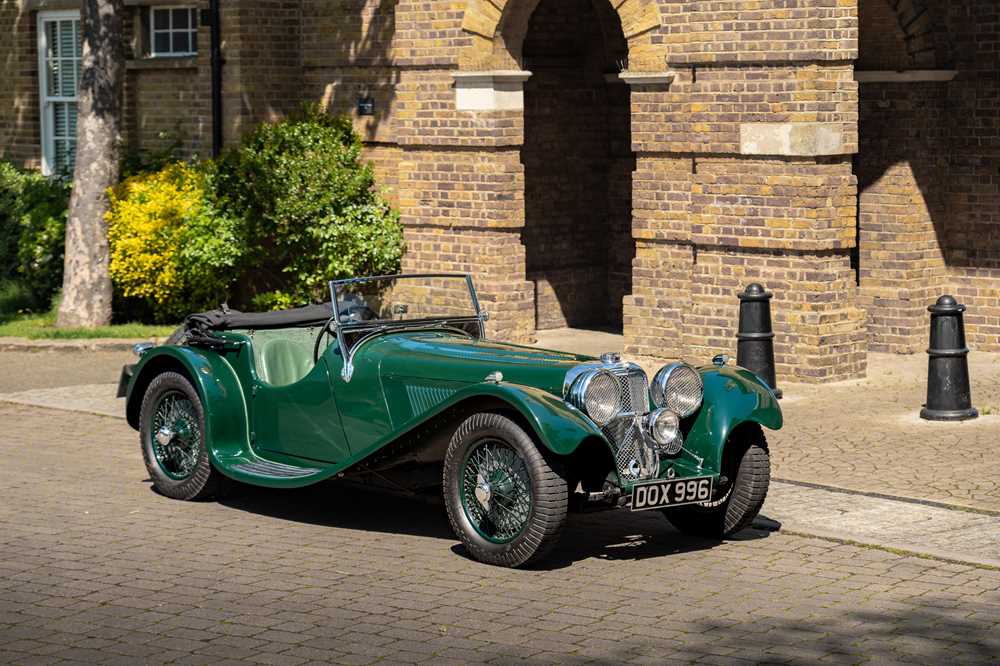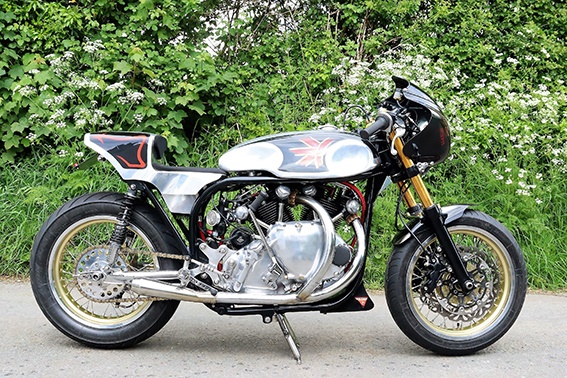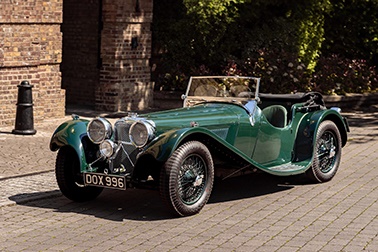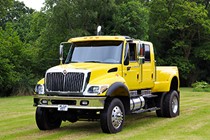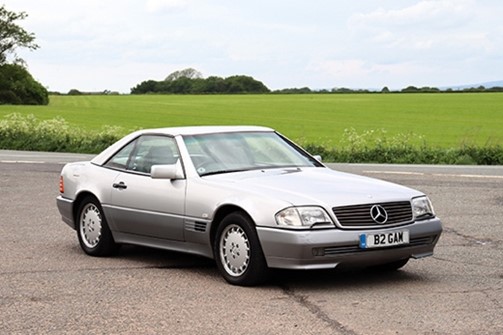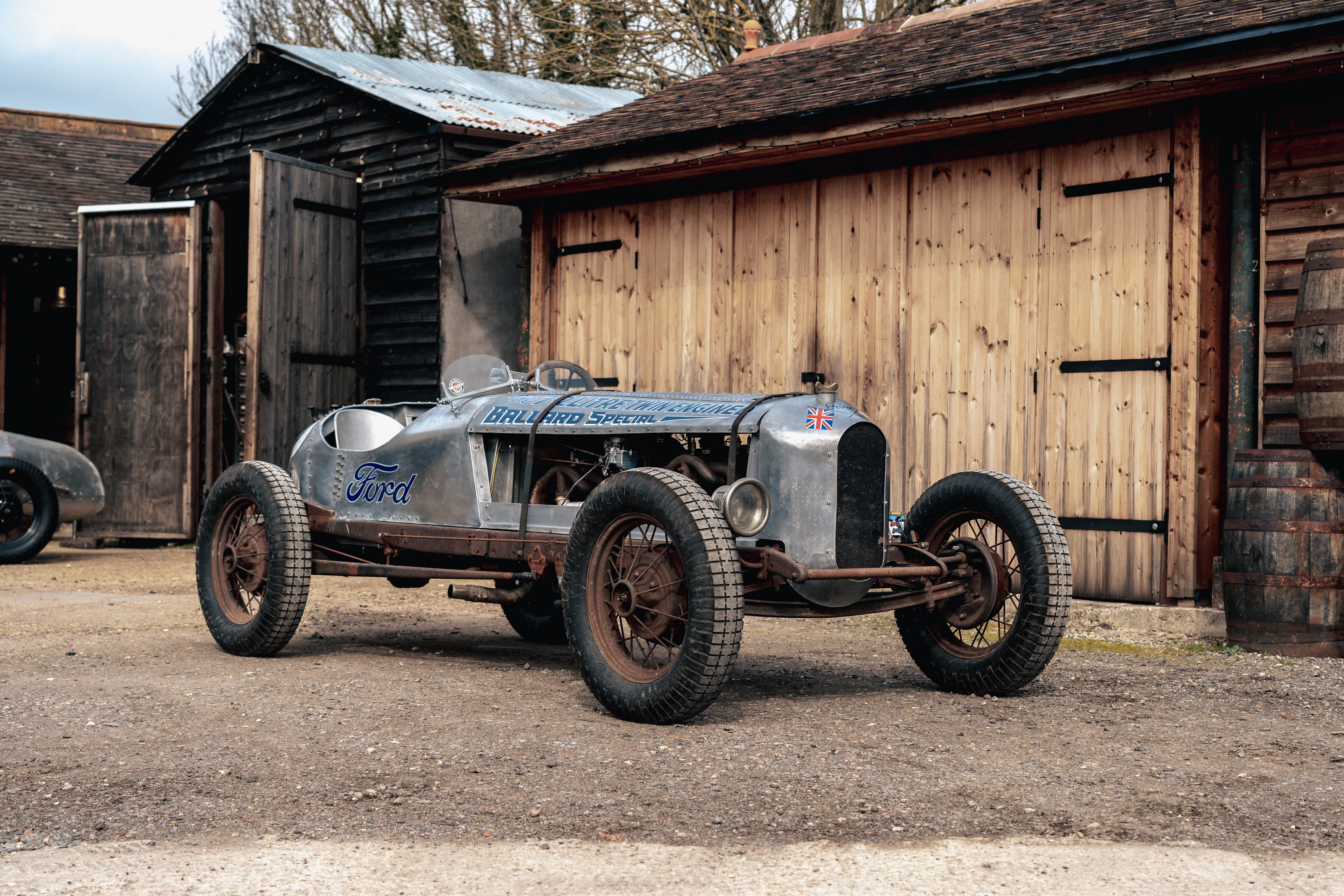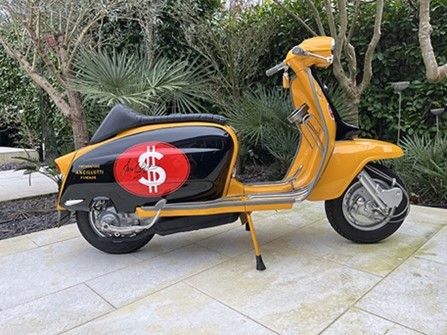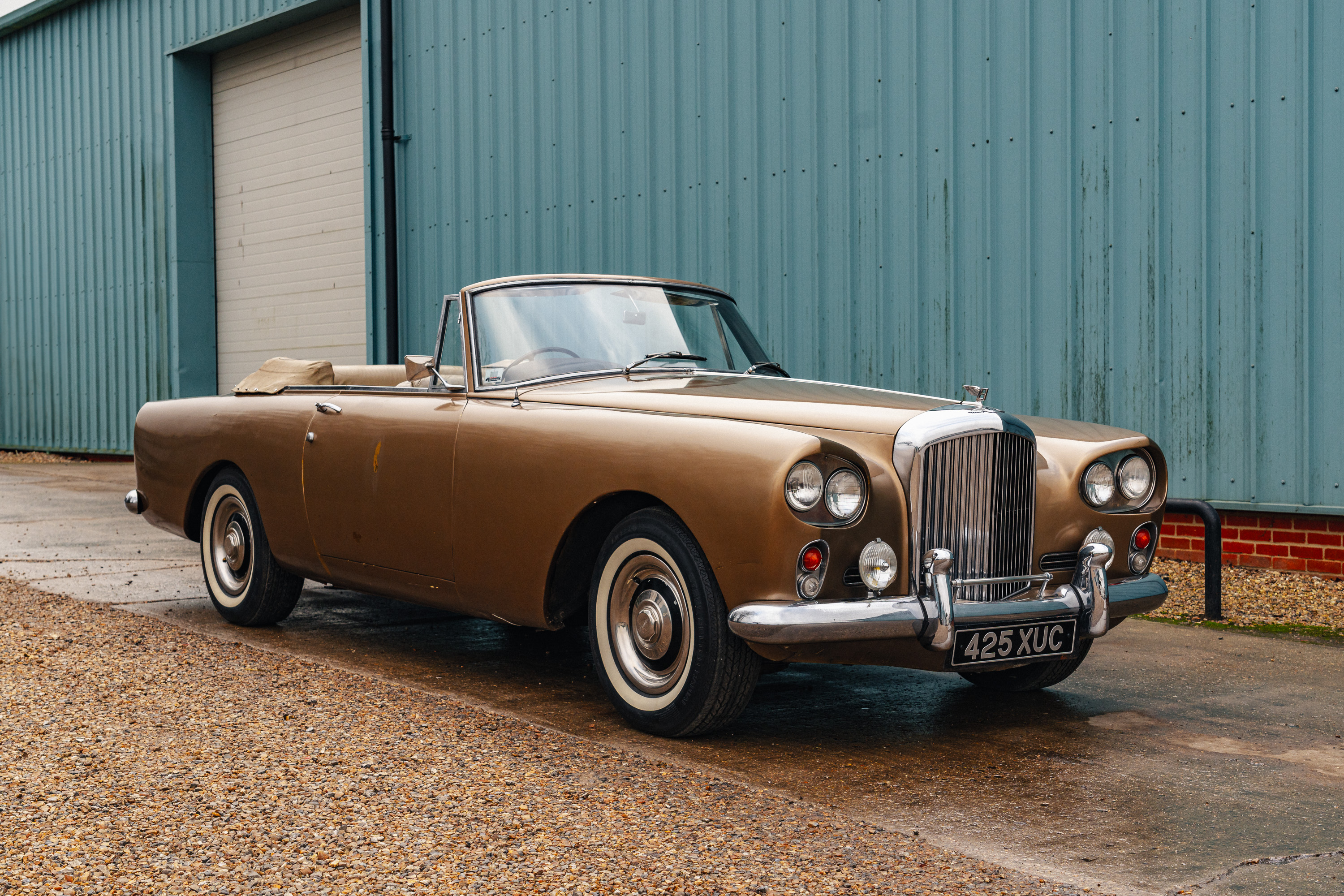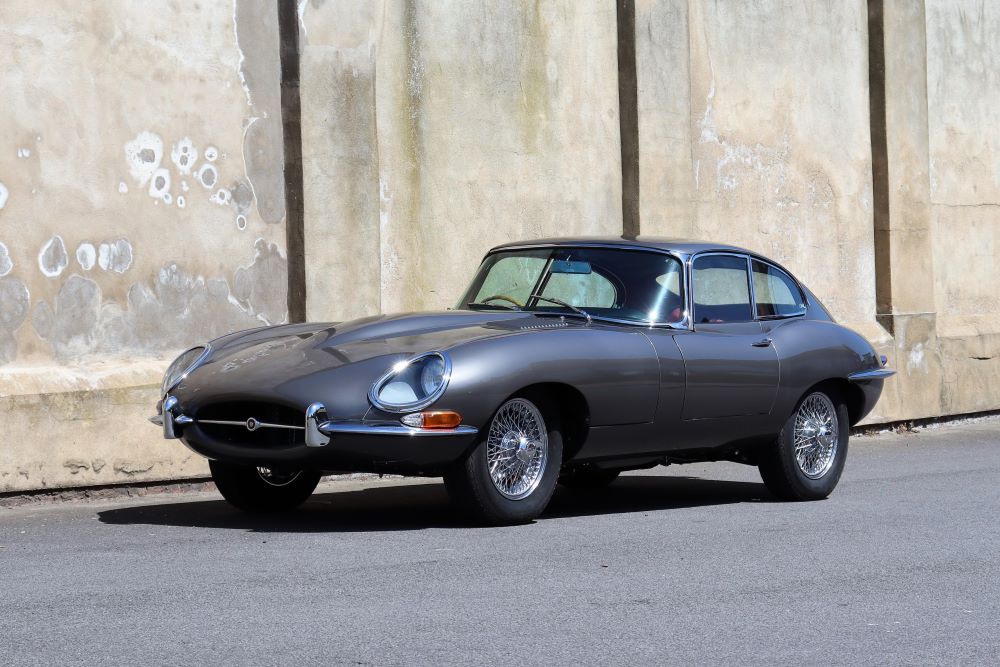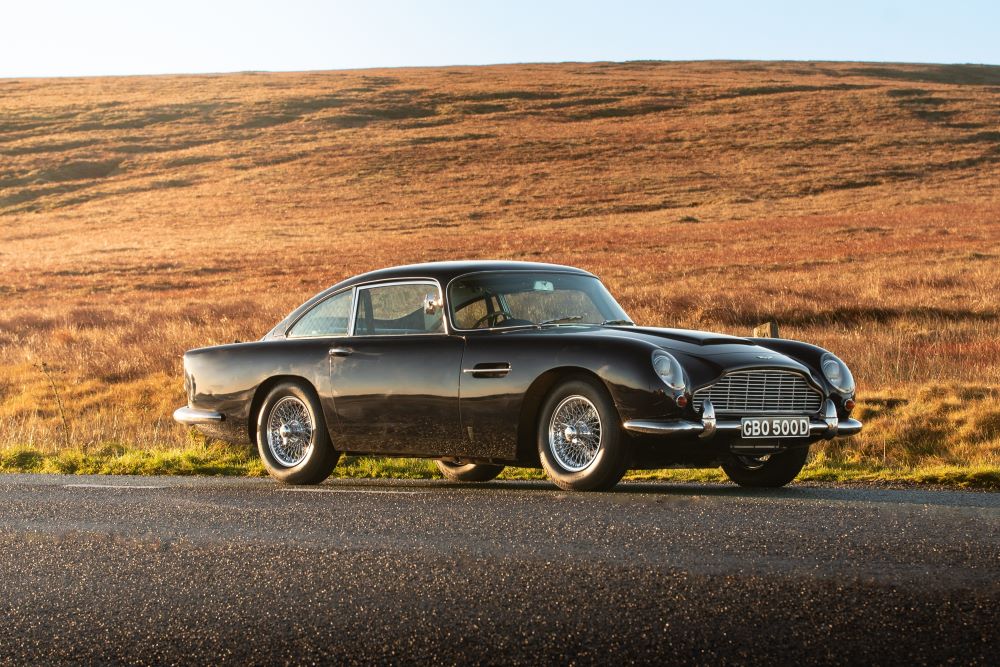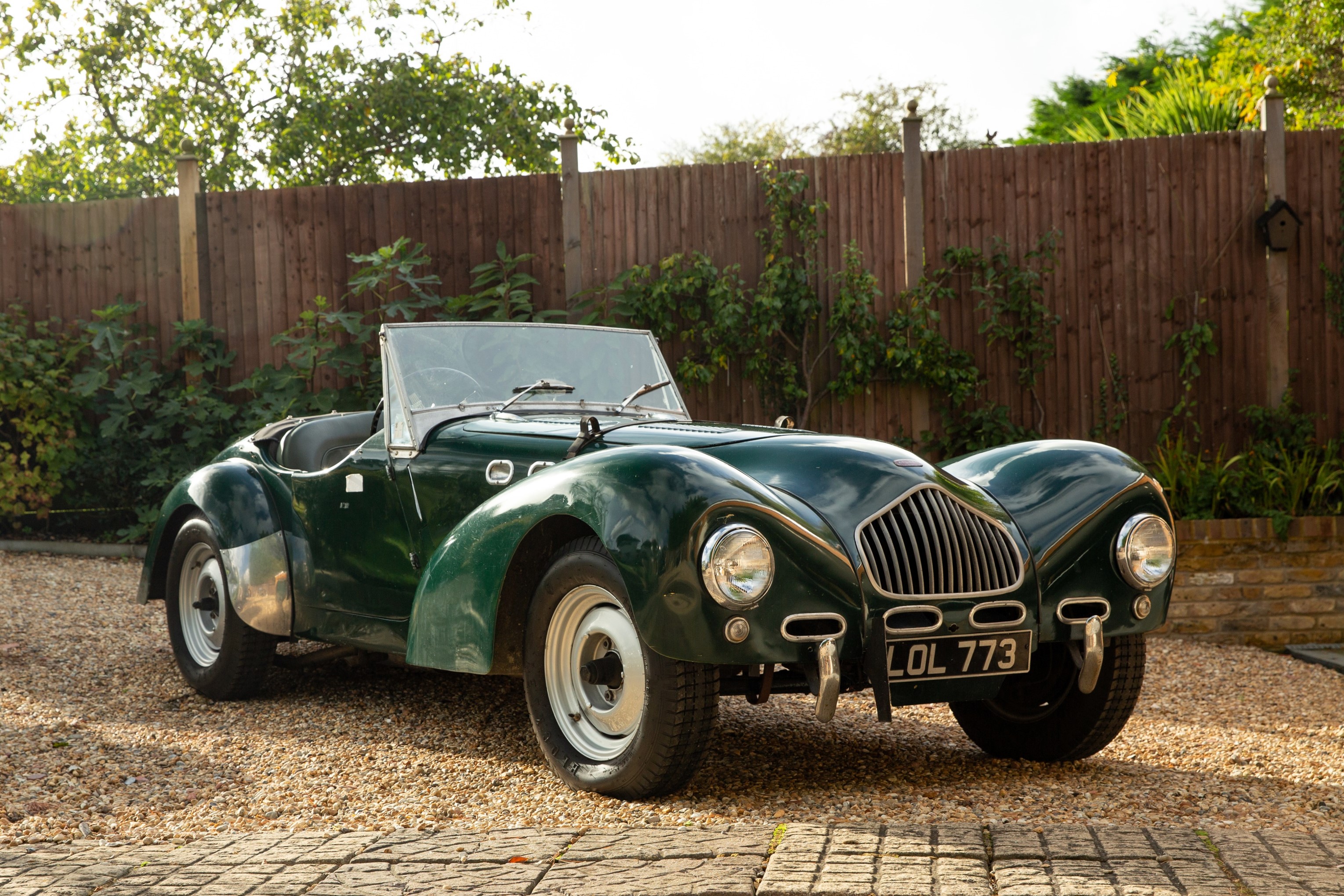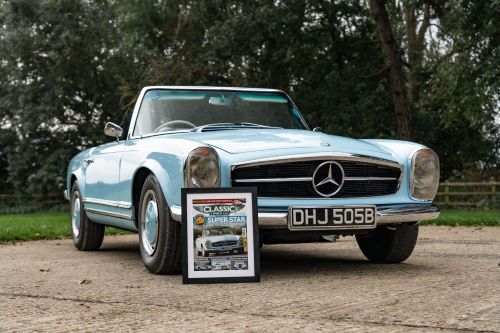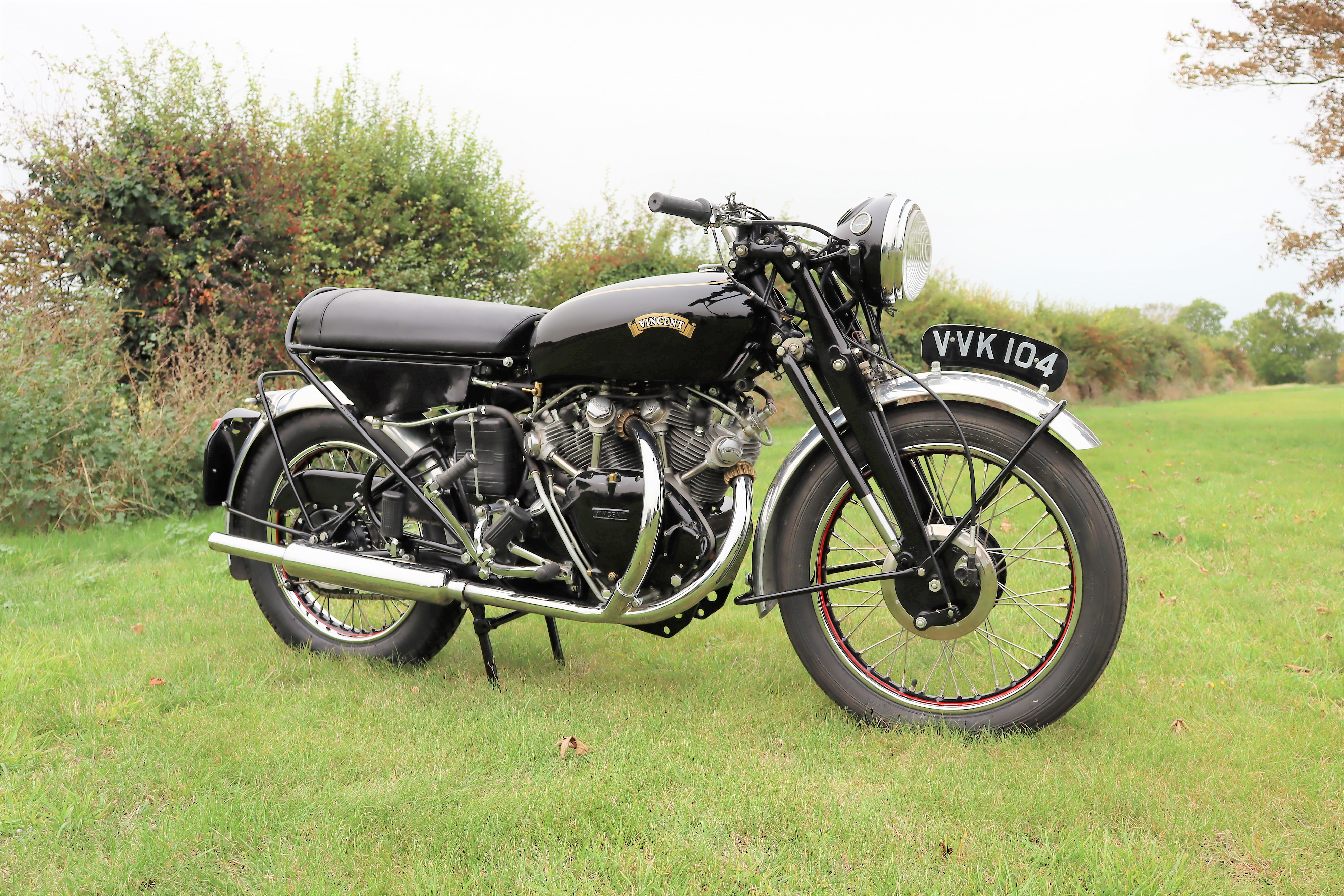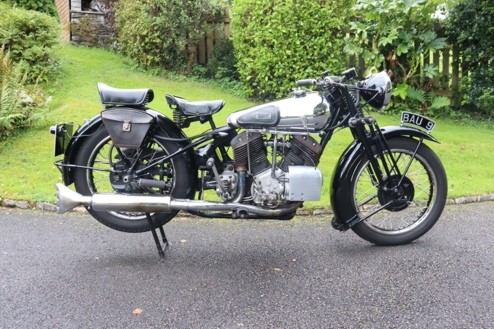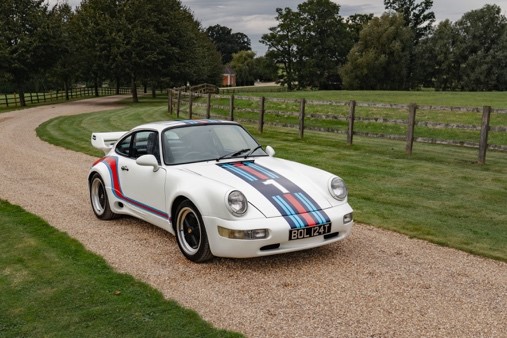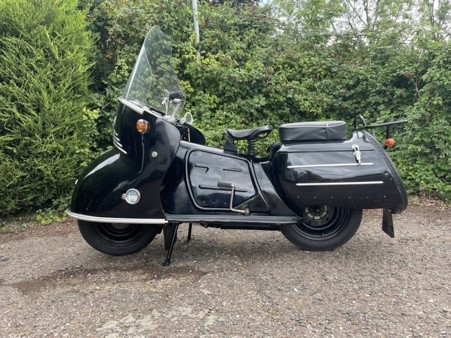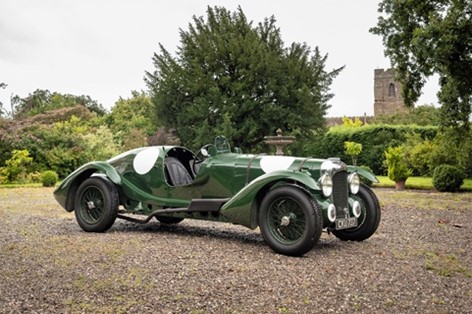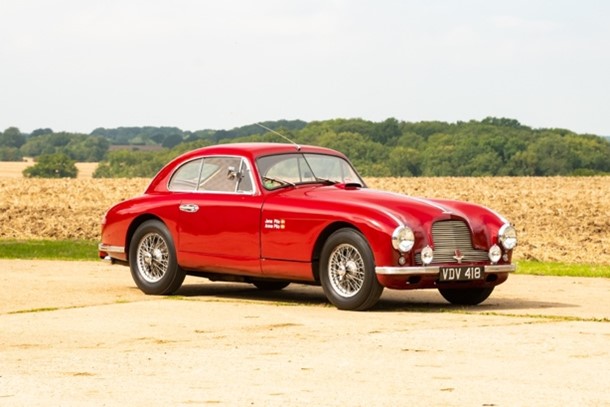21st Sep, 2011 14:00
Imperial War Museum Duxford
1949 Velocette KTT MK8
Sold for £29,250
(including buyers premium)
Undoubtedly one of the great British sporting motorcycles, the KTT (Kamshaft Tourist Trophy) enjoyed a career spanning three decades having first become available to the public at the end of 1928, when two MK I's were built. Production of the new model accelerated in 1929 when 178 were produced. As the name implies, the KTT was a production racer offered to the public. The model benefited from the experience gained by the successful works team, being in effect a replica of the works machines that had secured Velocette's second TT win in the 1928 Junior race. The new model was powered by an overhead cam single cylinder engine displacing 348cc with a bore and stroke of 74 x 81 mm that could be distinguished from the road going models in the range by the external stiffening webs employed on the crankcase. Lighter, steel flywheels were employed and a hotter camshaft was fitted. A great deal of attention had been paid to strengthening the valve train to prevent breakages and a revised cylinder head was fitted. Drive was taken to a three speed gearbox, similar to that employed by the rest of the range but fitted with a set of close ratio gears, via a primary chain. The rigid frame was equipped with a set of braced Webb girder forks, a feature peculiar to the KTT. The model ran in this form with only detail alterations until 1932 when the MK IV was introduced. The Mk IV was fitted as standard with the new positive stop four speed gearbox which had previously been available as an option and a new cylinder head, still cast in iron, was employed, which offered improved combustion characteristics. 1935 witnessed the introduction of the MK V which introduced a completely revised chassis employing a full cradle frame and a redesigned engine. The MK V remained in production until 1936, with no KTT model officially being listed in 1937. 1938 however, a new KTT typed the MK VII was introduced. The new version adopted a heavily finned alloy head and barrel and new front, girder type forks. The MK VII remained in the catalogue for season before being replaced by the definitive KTT MK VIII. The MK VIII, which would, with a break for the Second World War, remain in production until 1950, introduced a completely revised frame with a swinging arm controlled by pneumatic/hydraulic rear damper units.
The post war example offered, dating from 1949 is described by the vendor as being "in excellent condition and running perfectly". It affords an opportunity for the enthusiast to acquire a fine example of one of the British motorcycle industry's most iconic and successful racing motorcycles.
Auction: Imperial War Museum Duxford, 21st Sep, 2011
All successful bids must be paid in full by midday the day after the auction at the latest.
You can collect your new pride and joy from our venue until 1pm the day following the sale or our partners are on hand to help arrange safe transportation:
Do you have an item to sell?
If so, contact one of our friendly specialists for your free valuation by completing the form below and someone will get back to you as quickly as possible.
If you prefer to speak to humans, don't hesitate to call our office on +44 (0)1925 210035
Other lots in this sale
